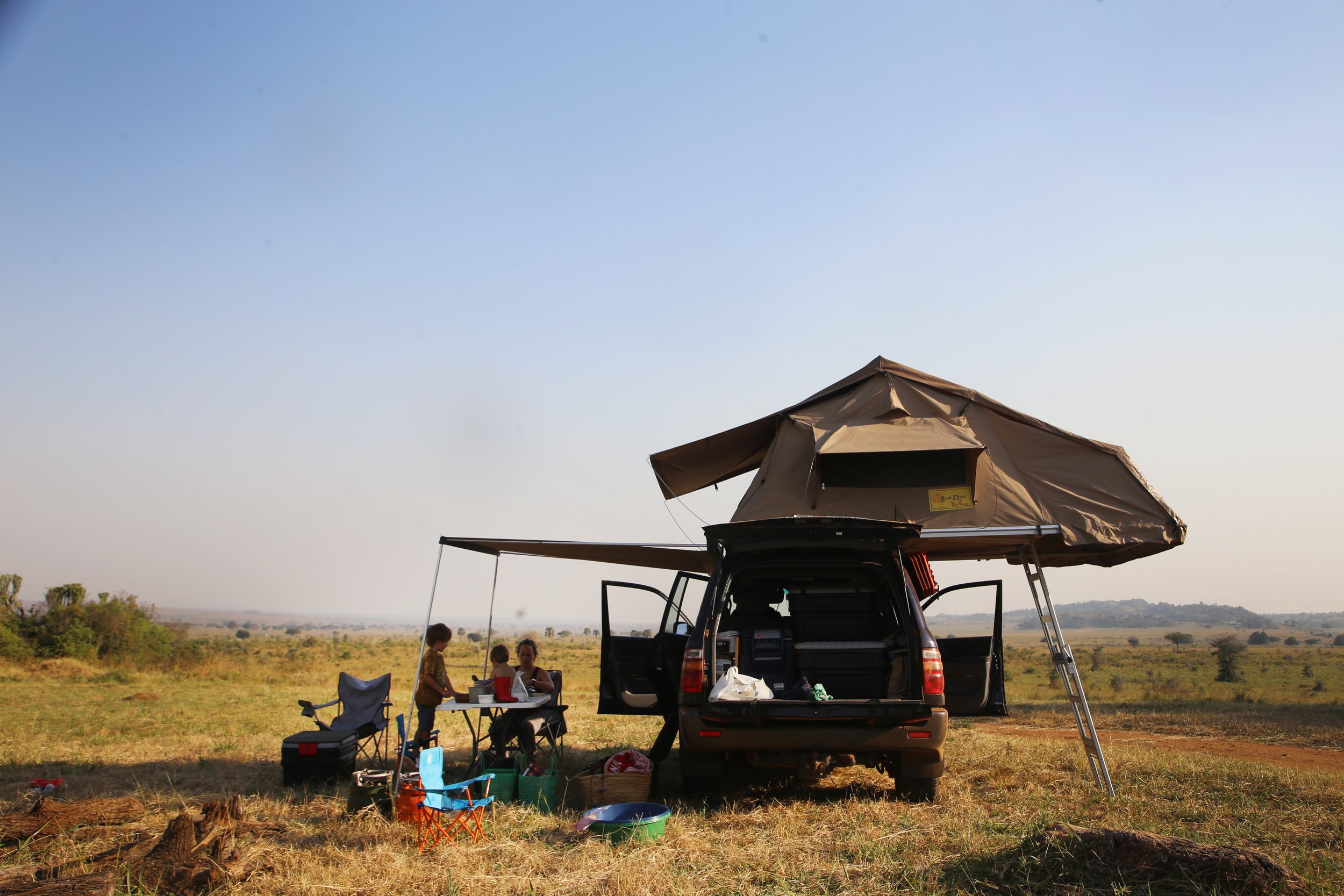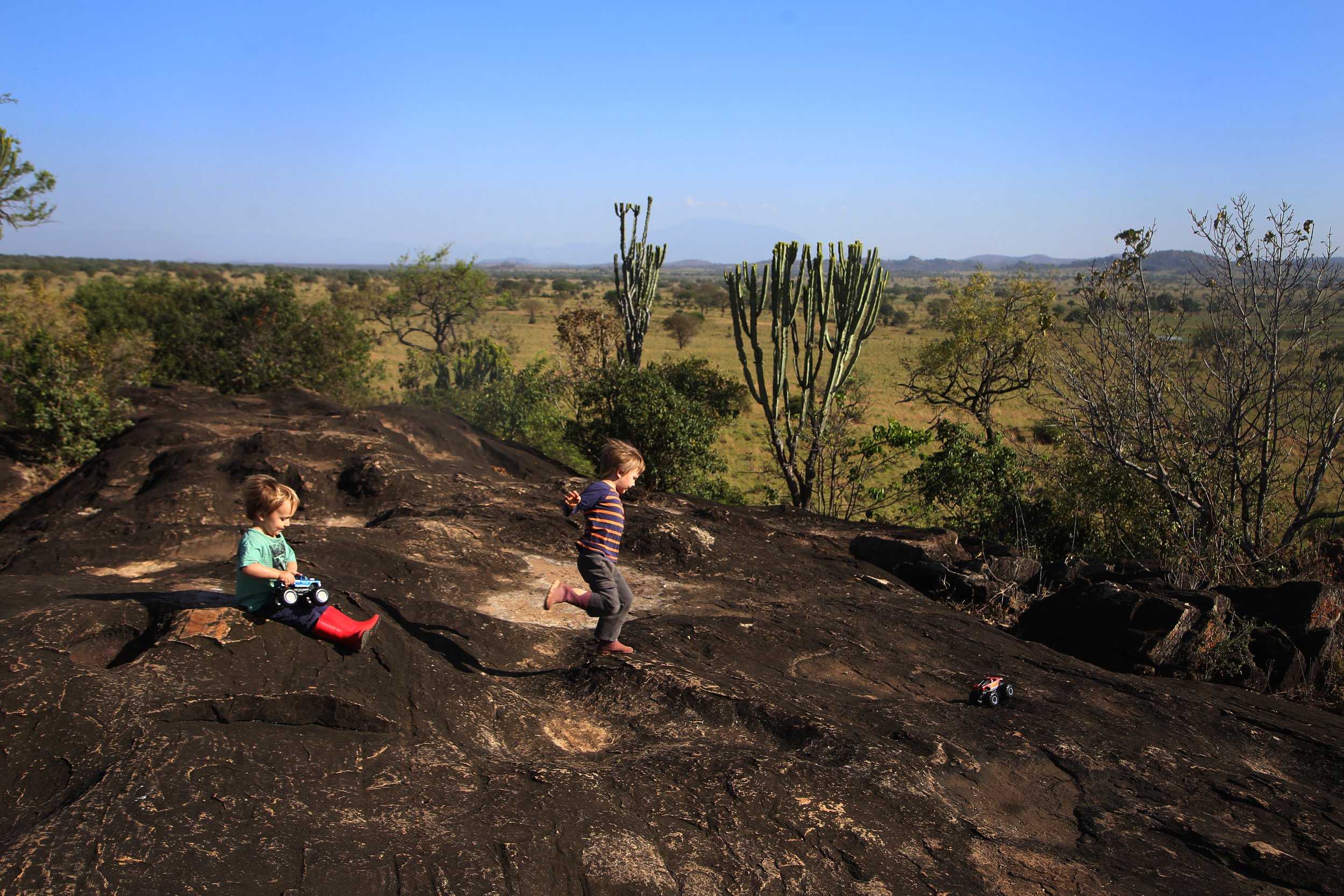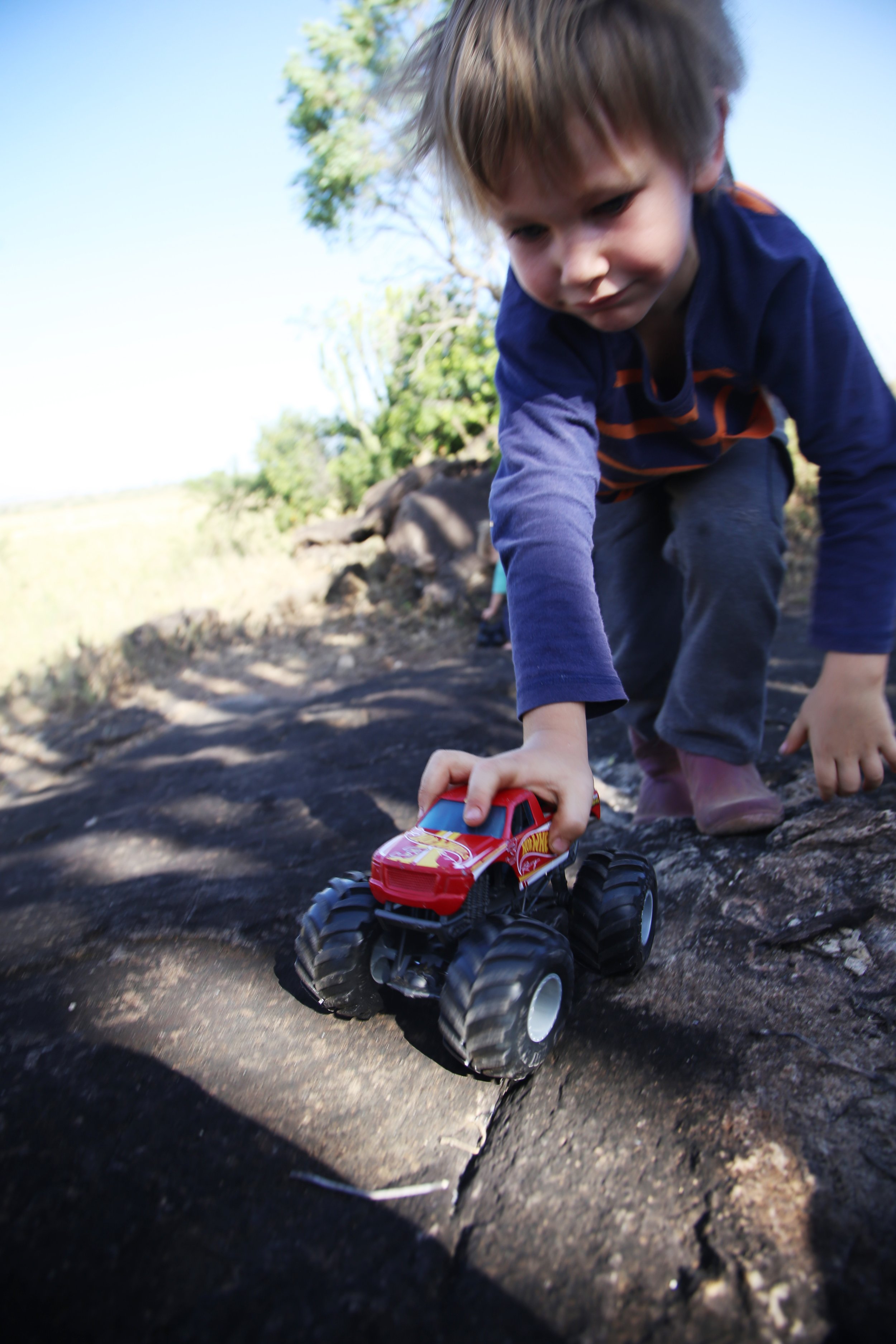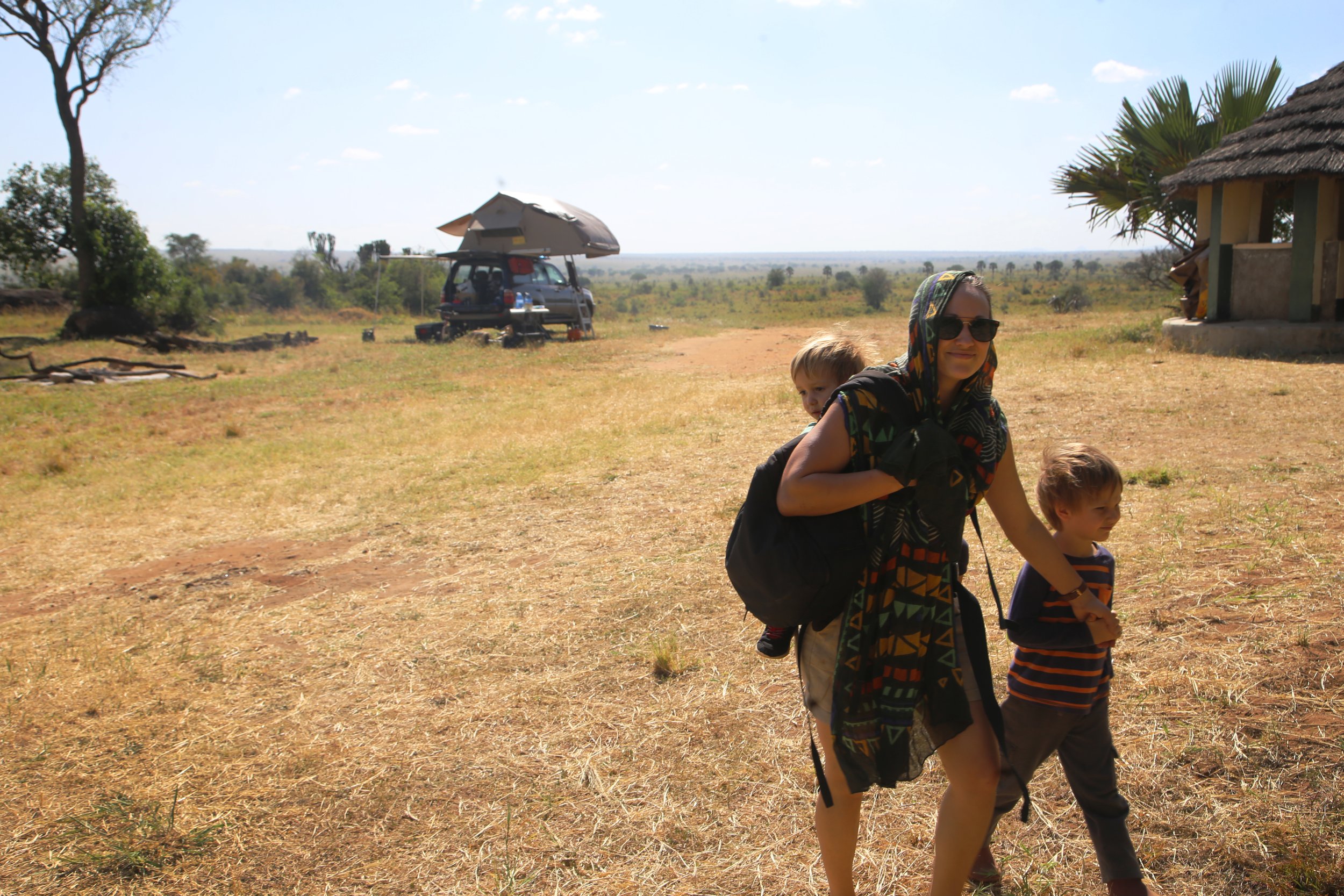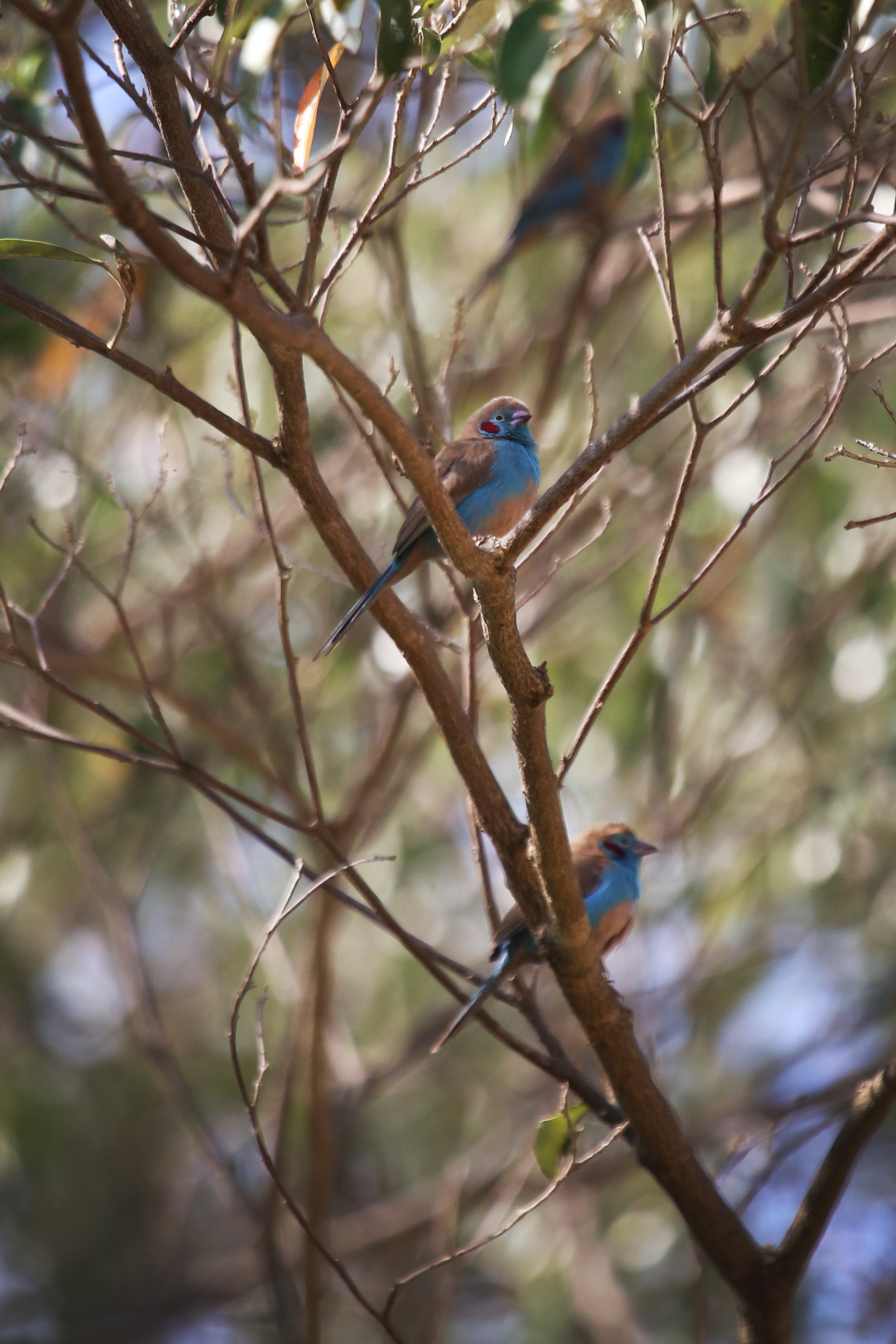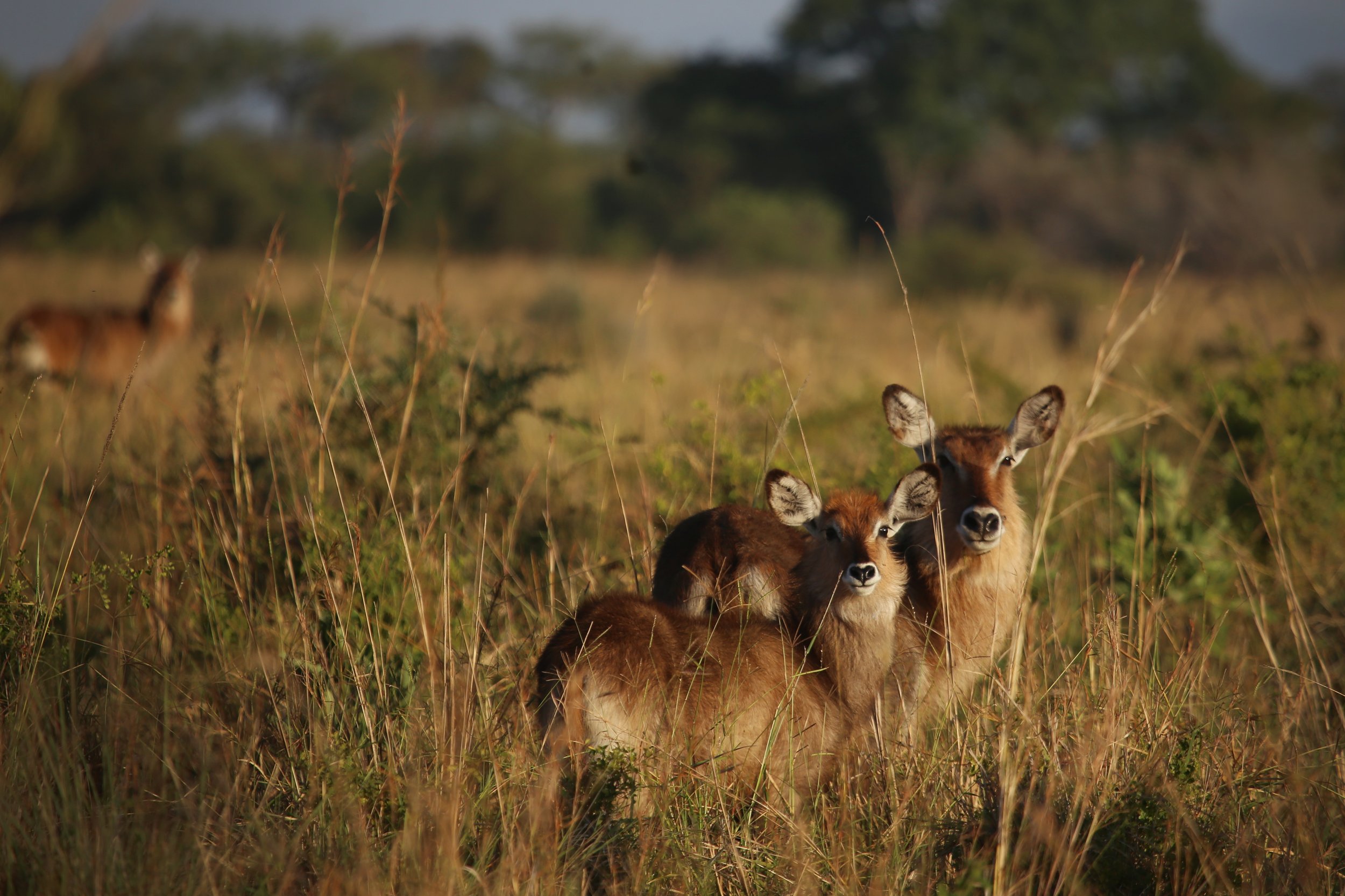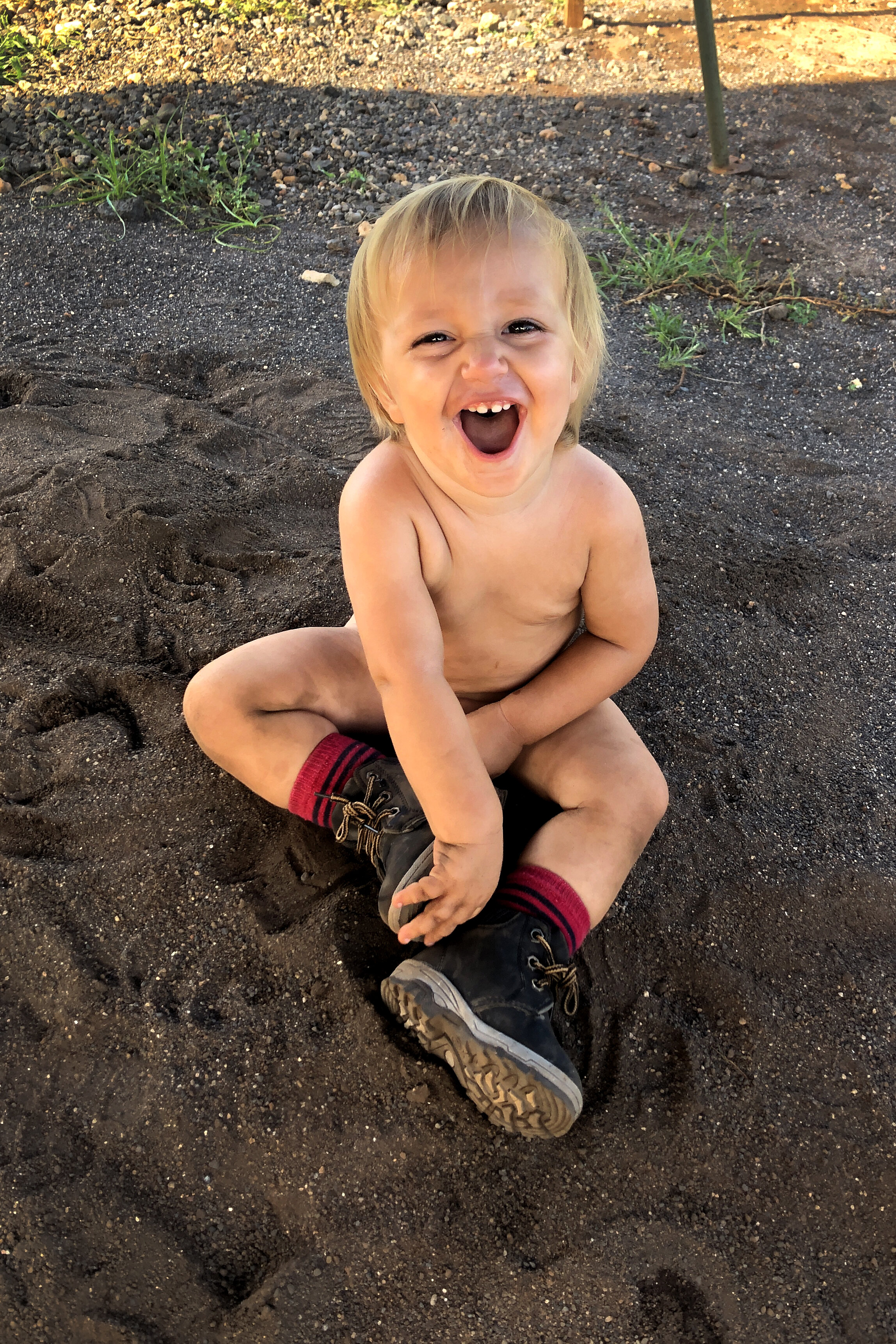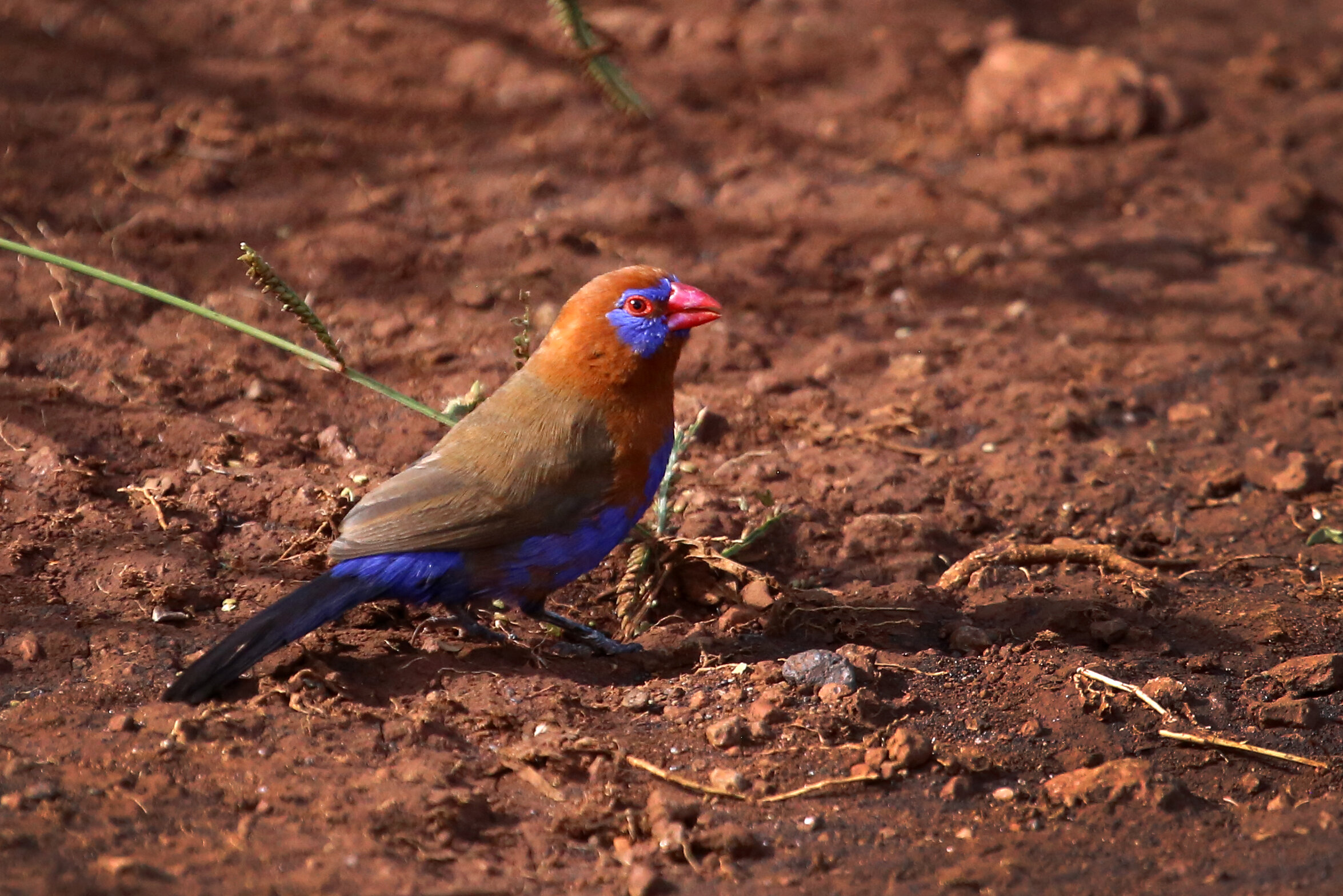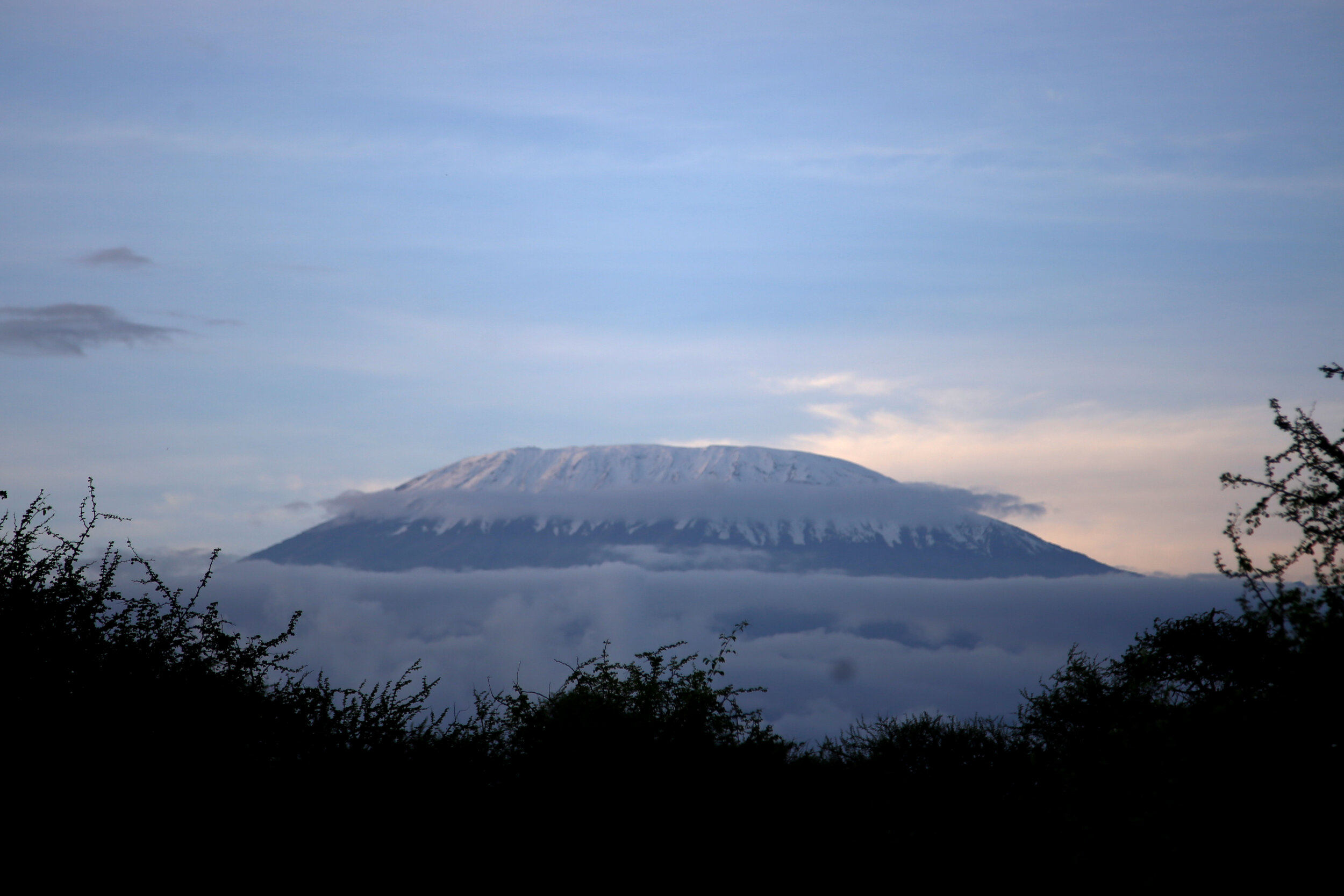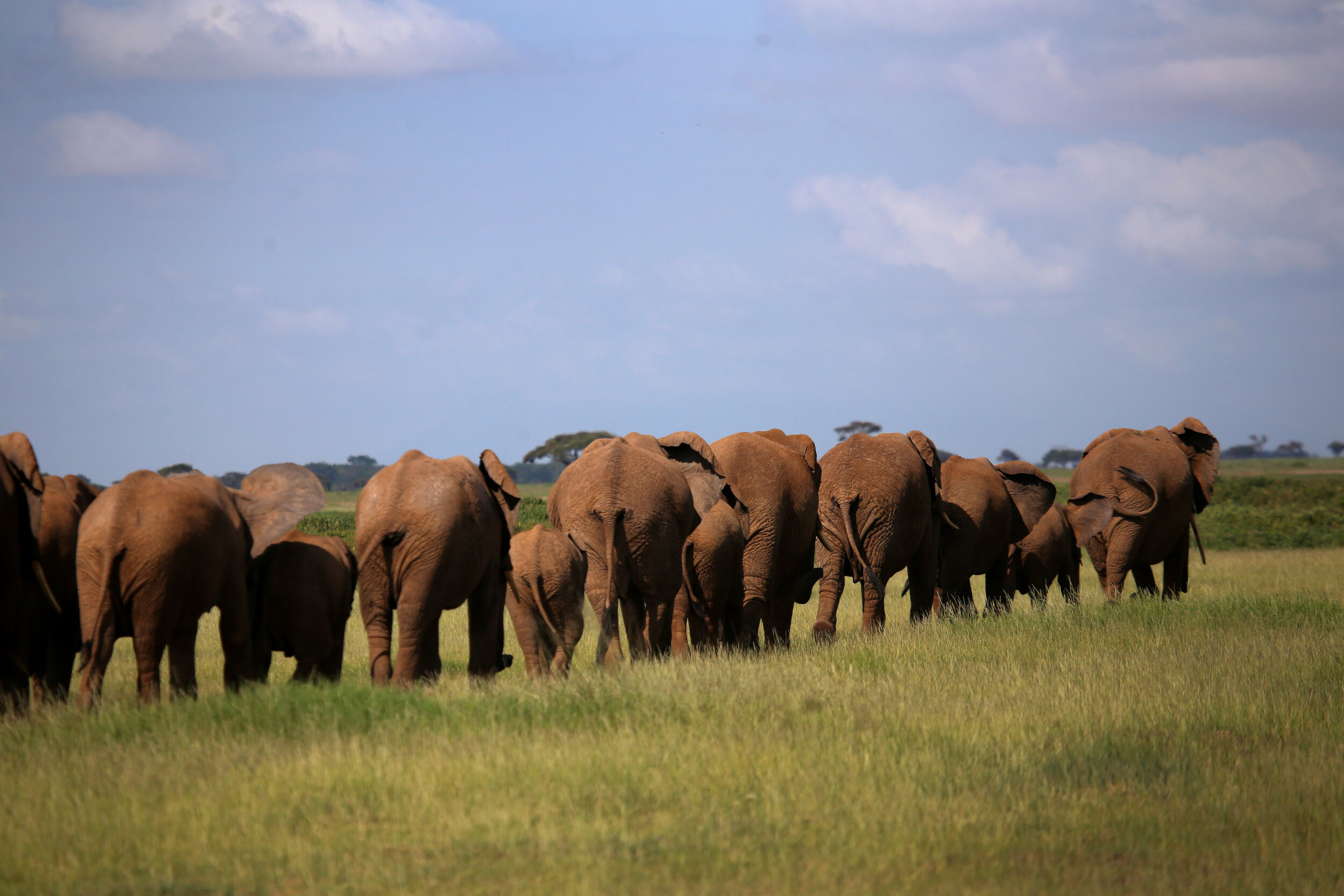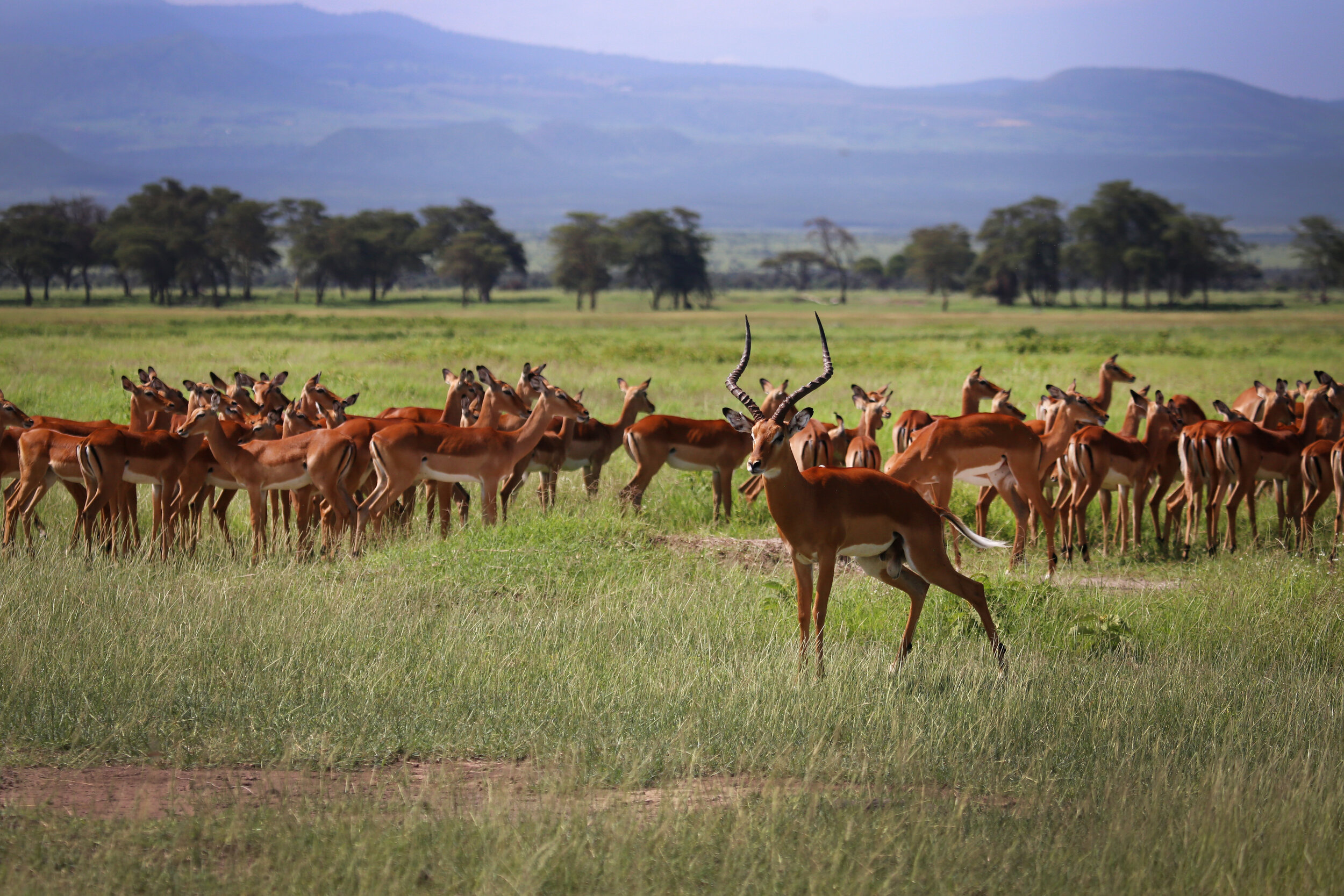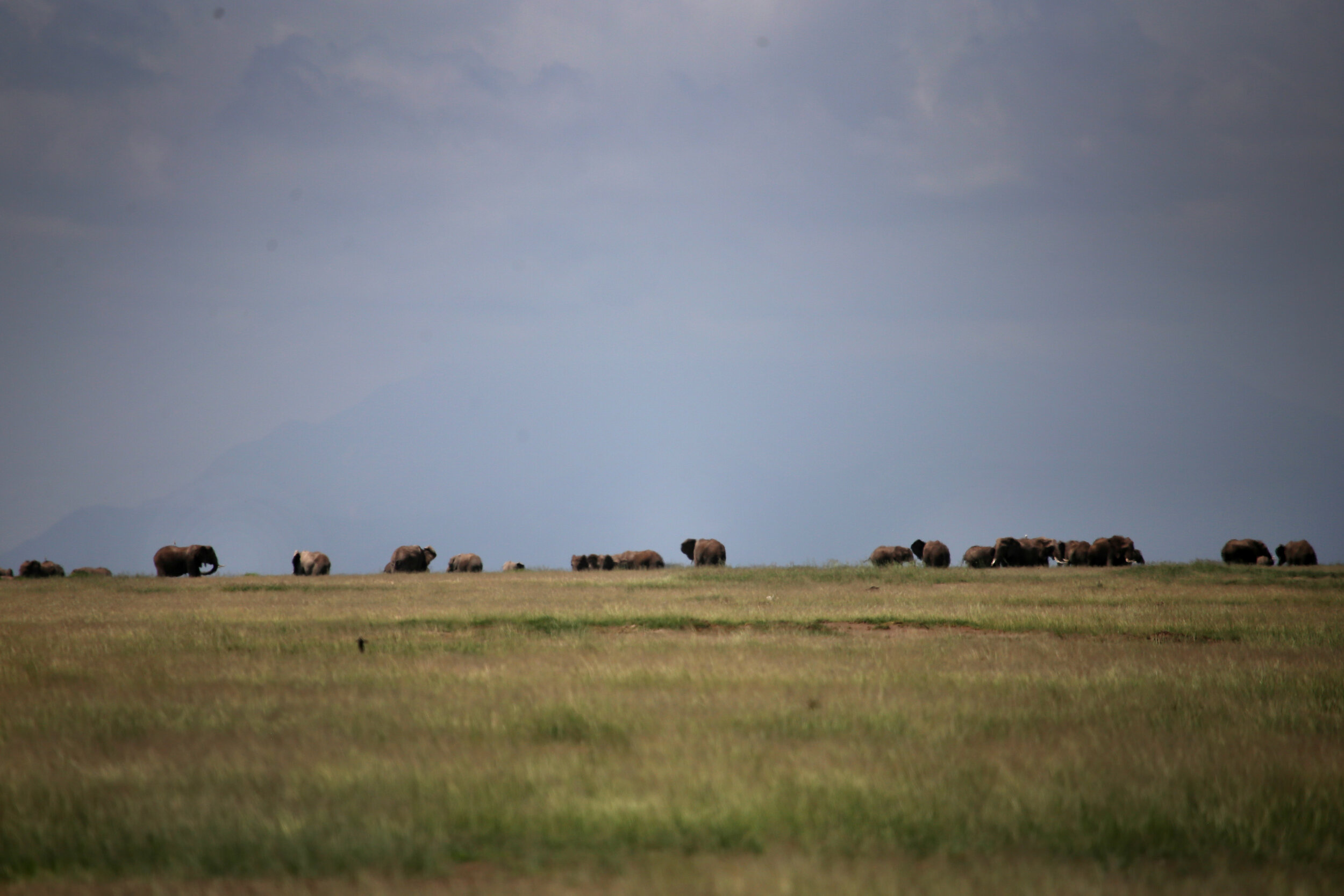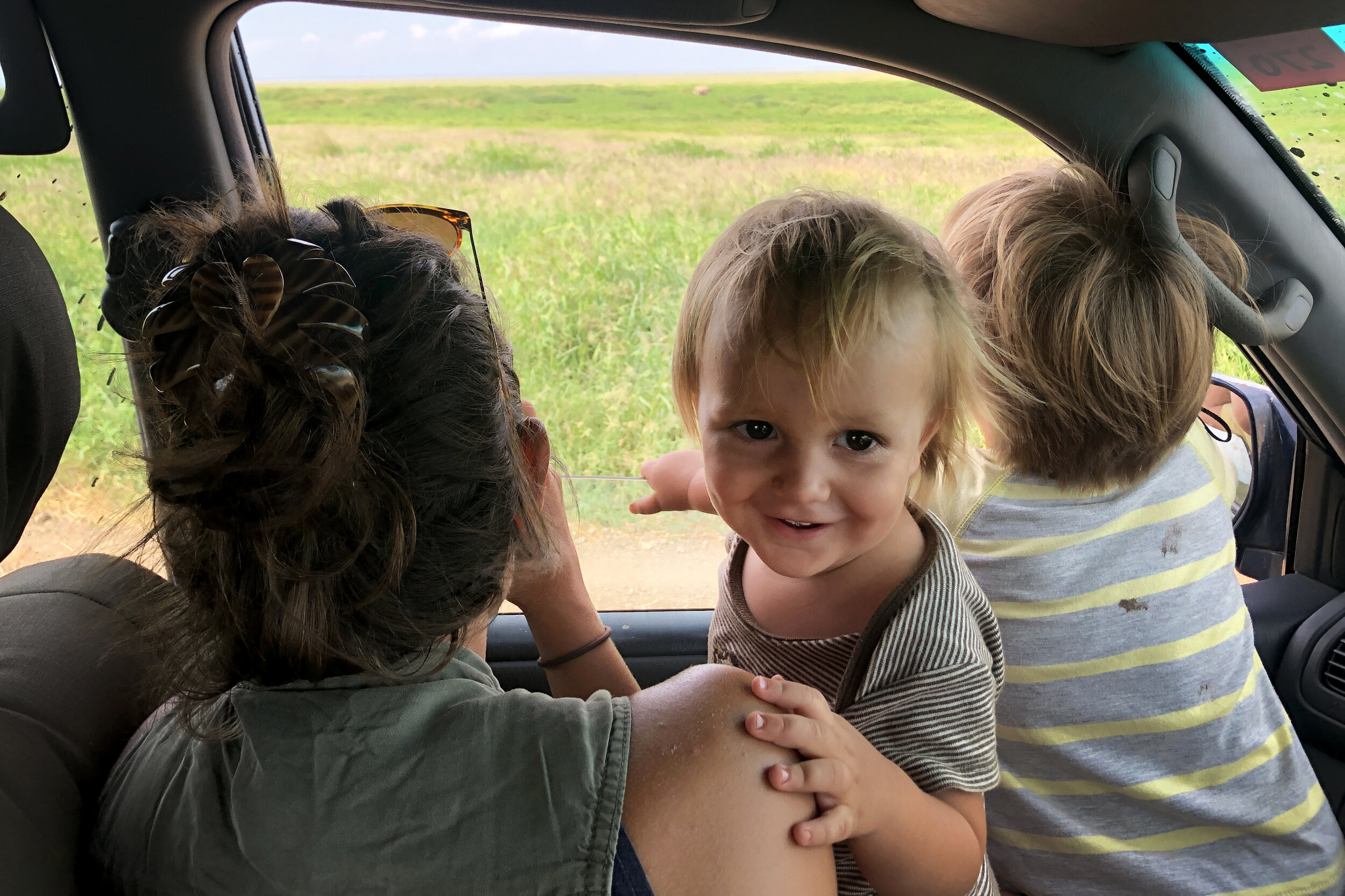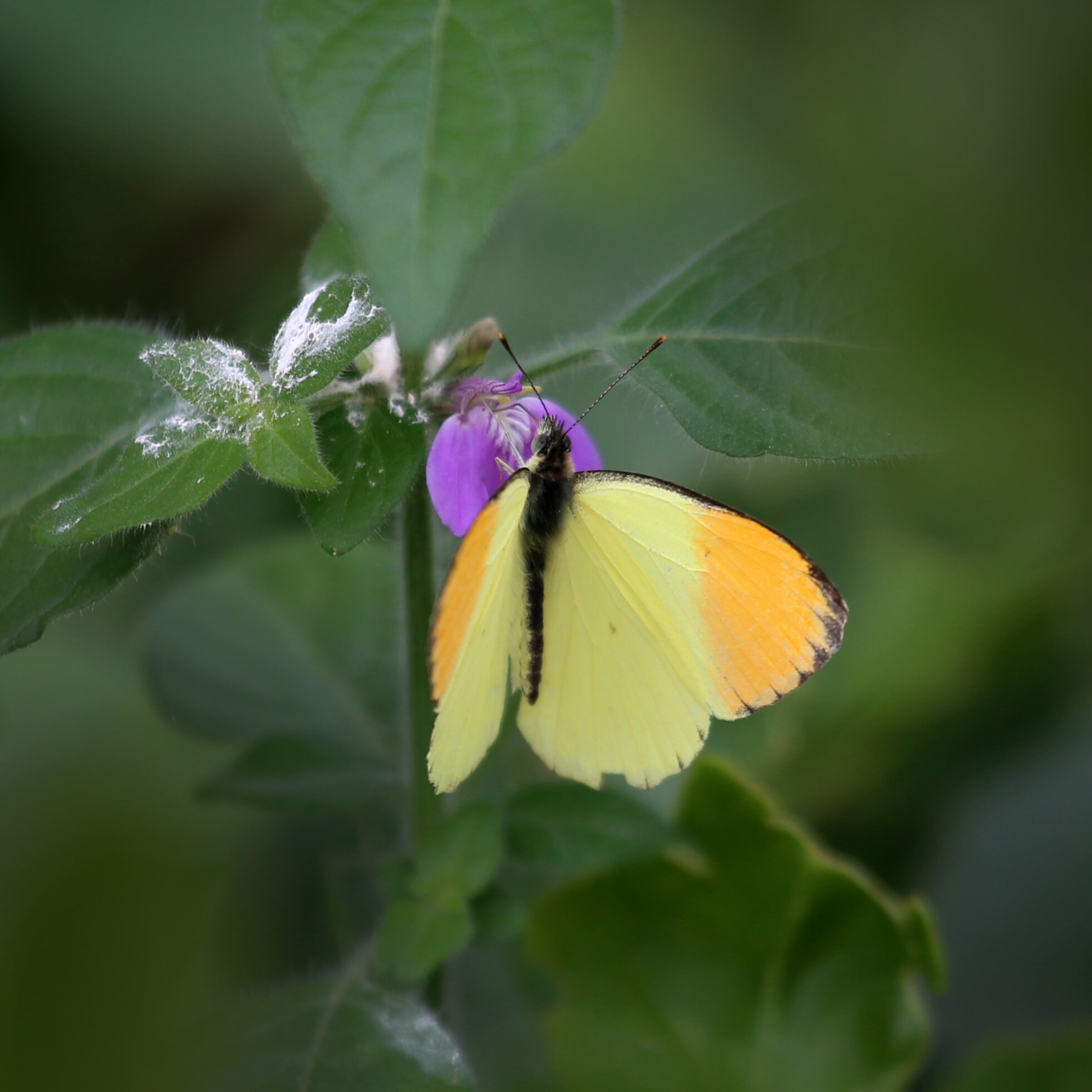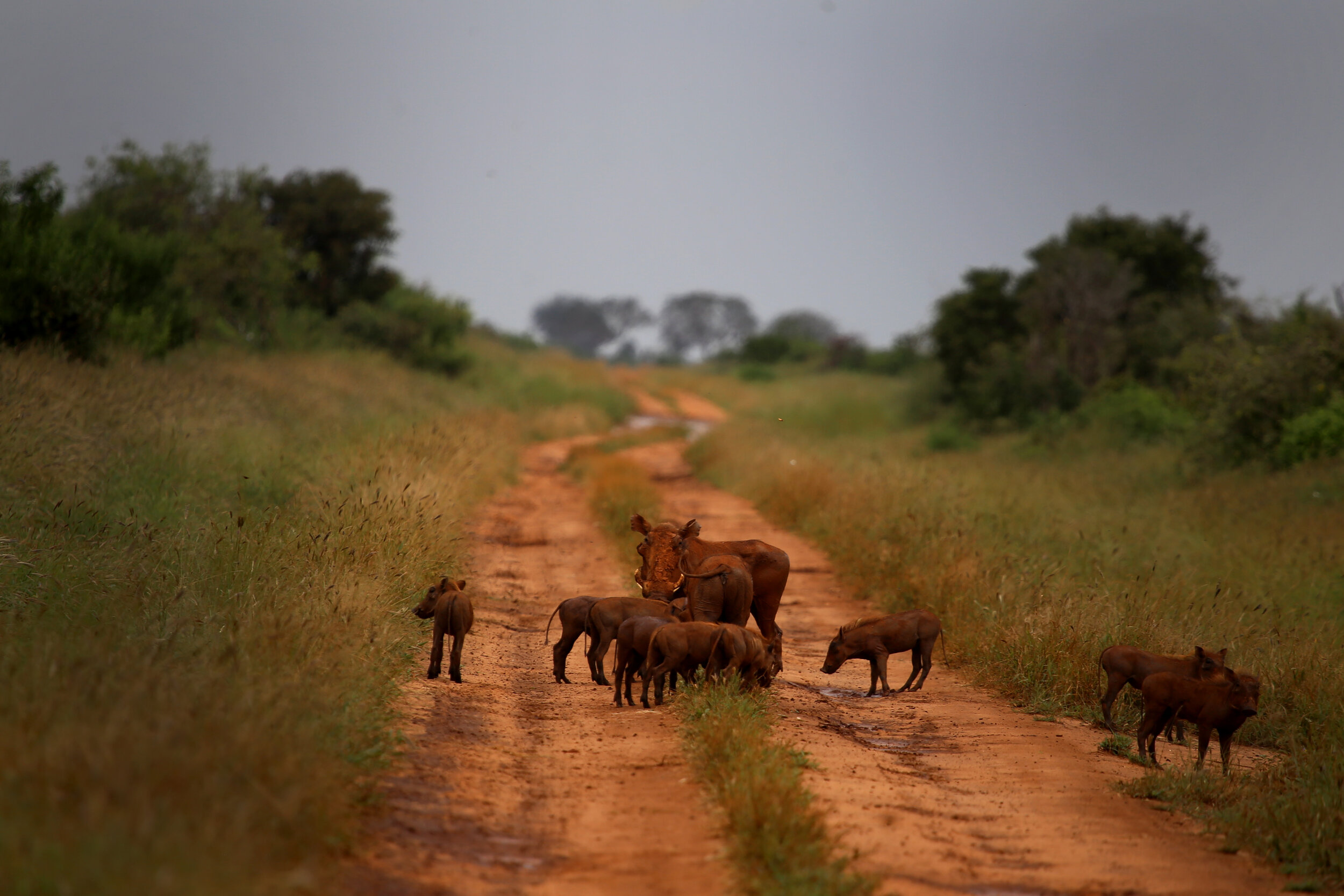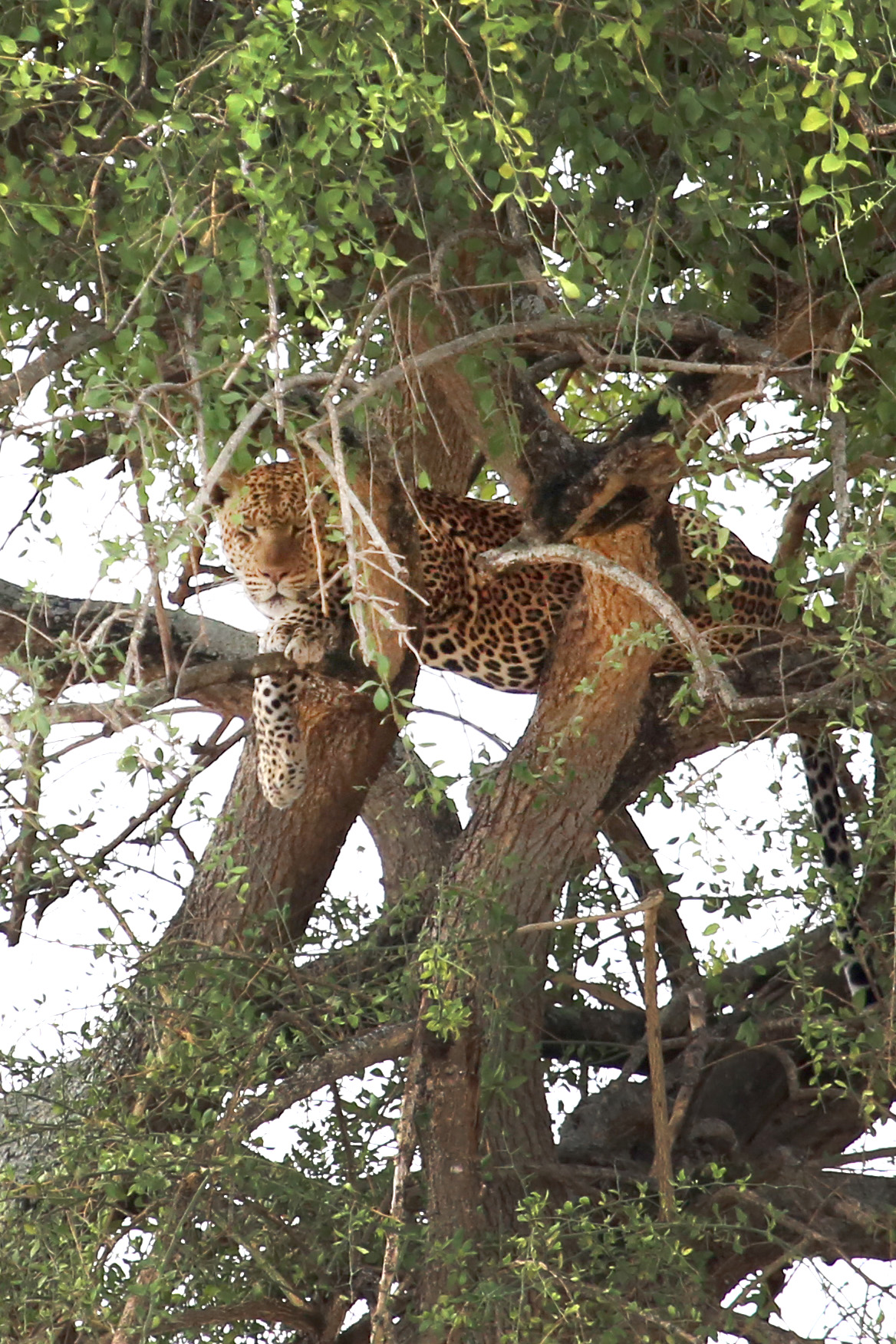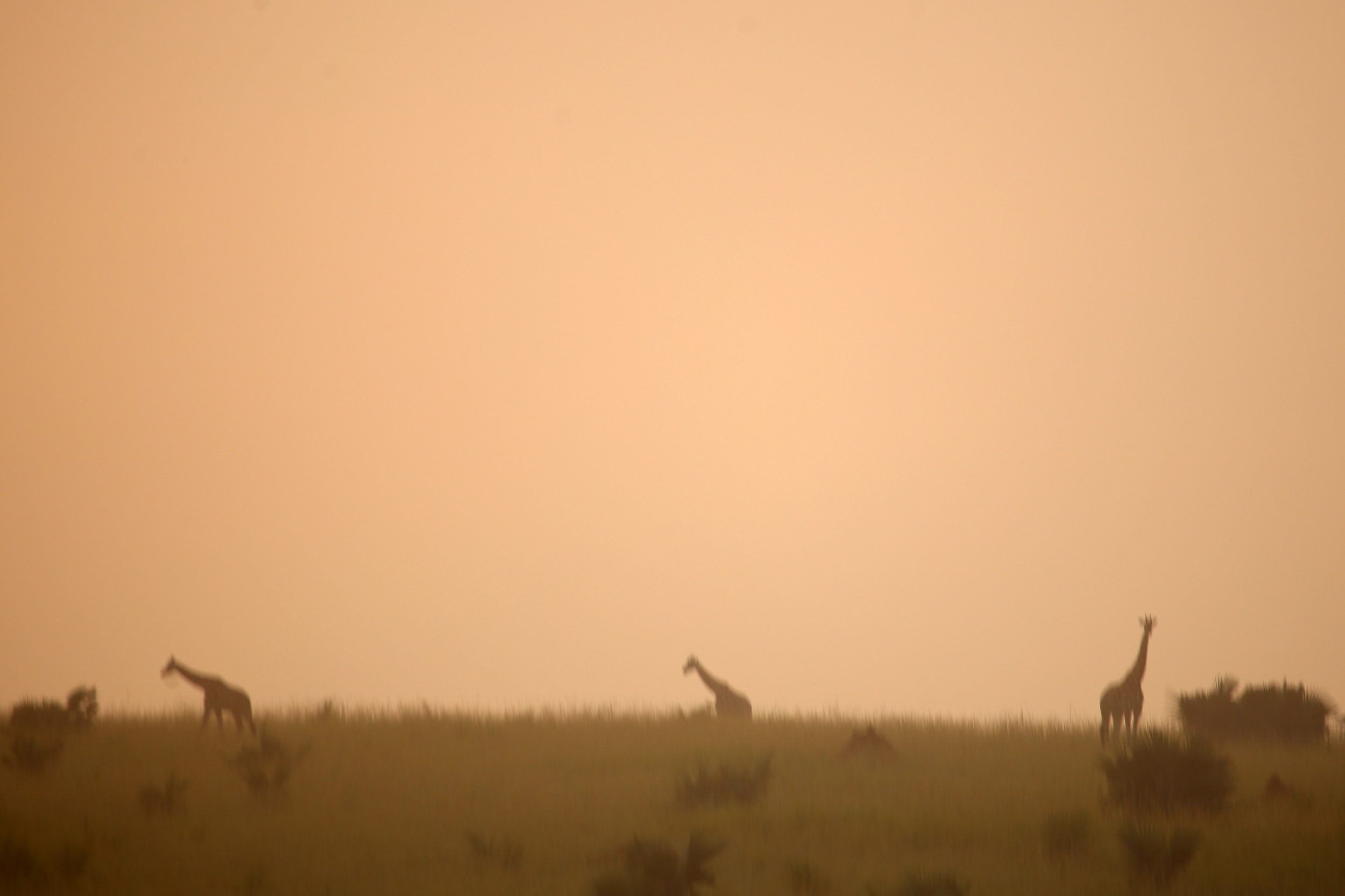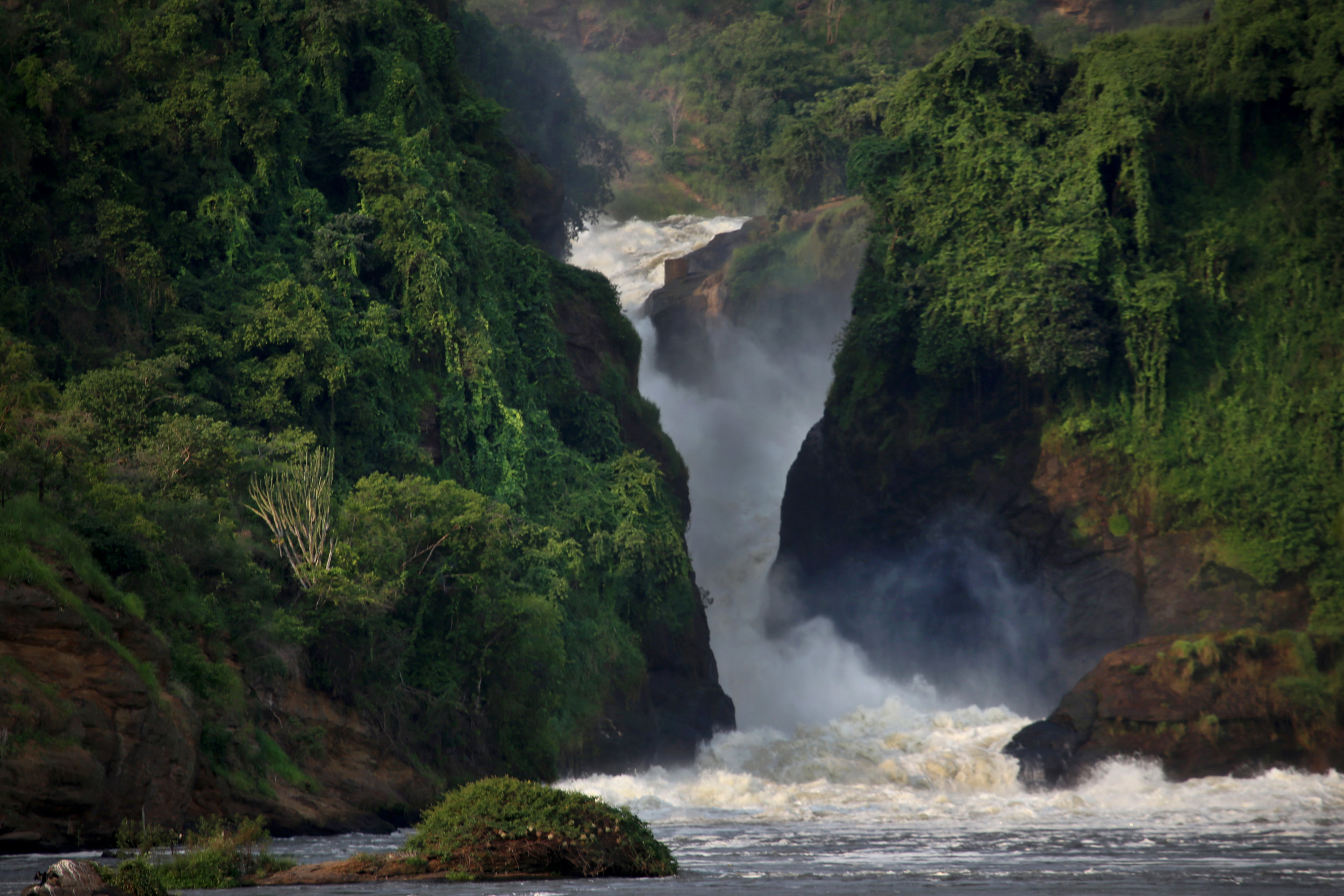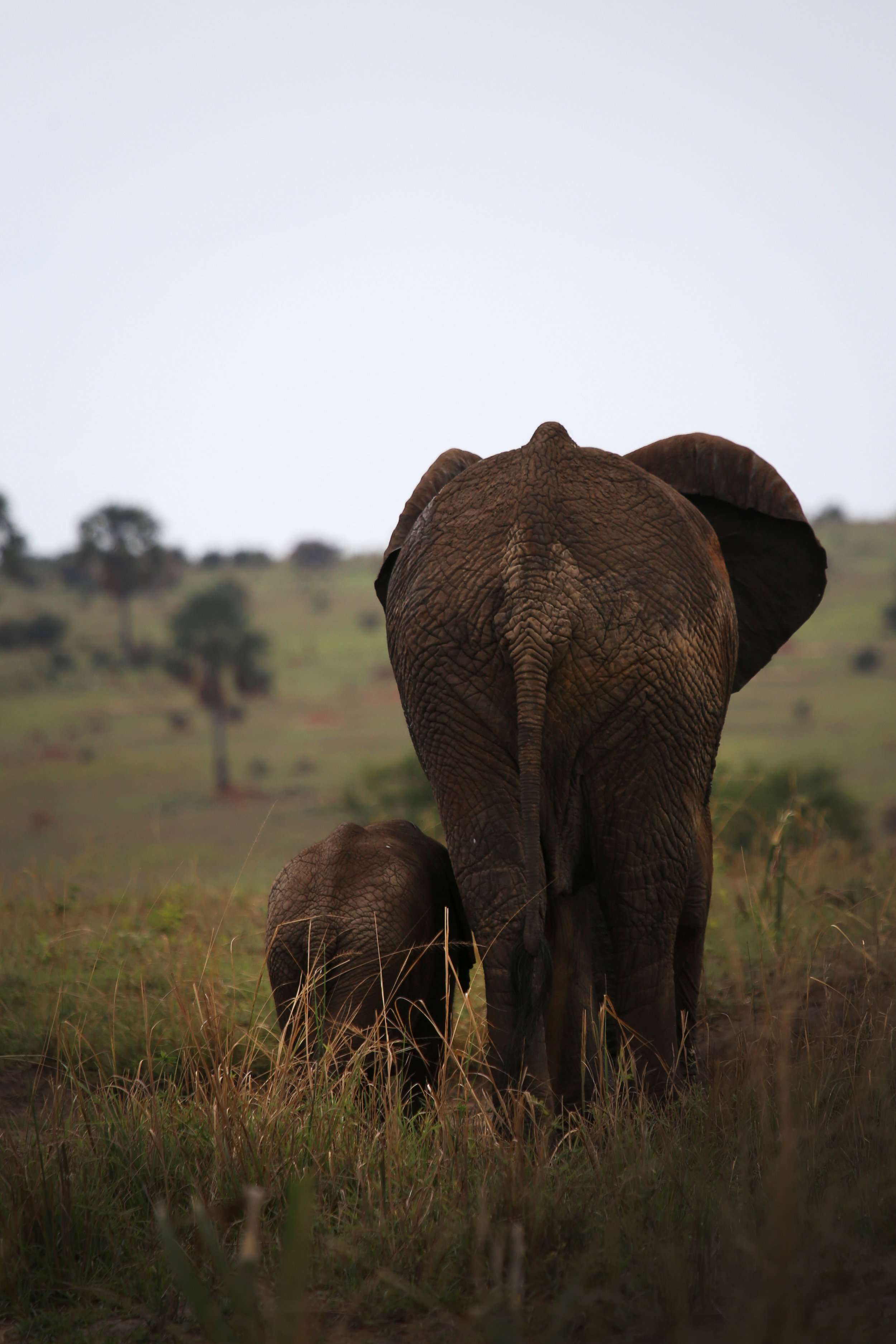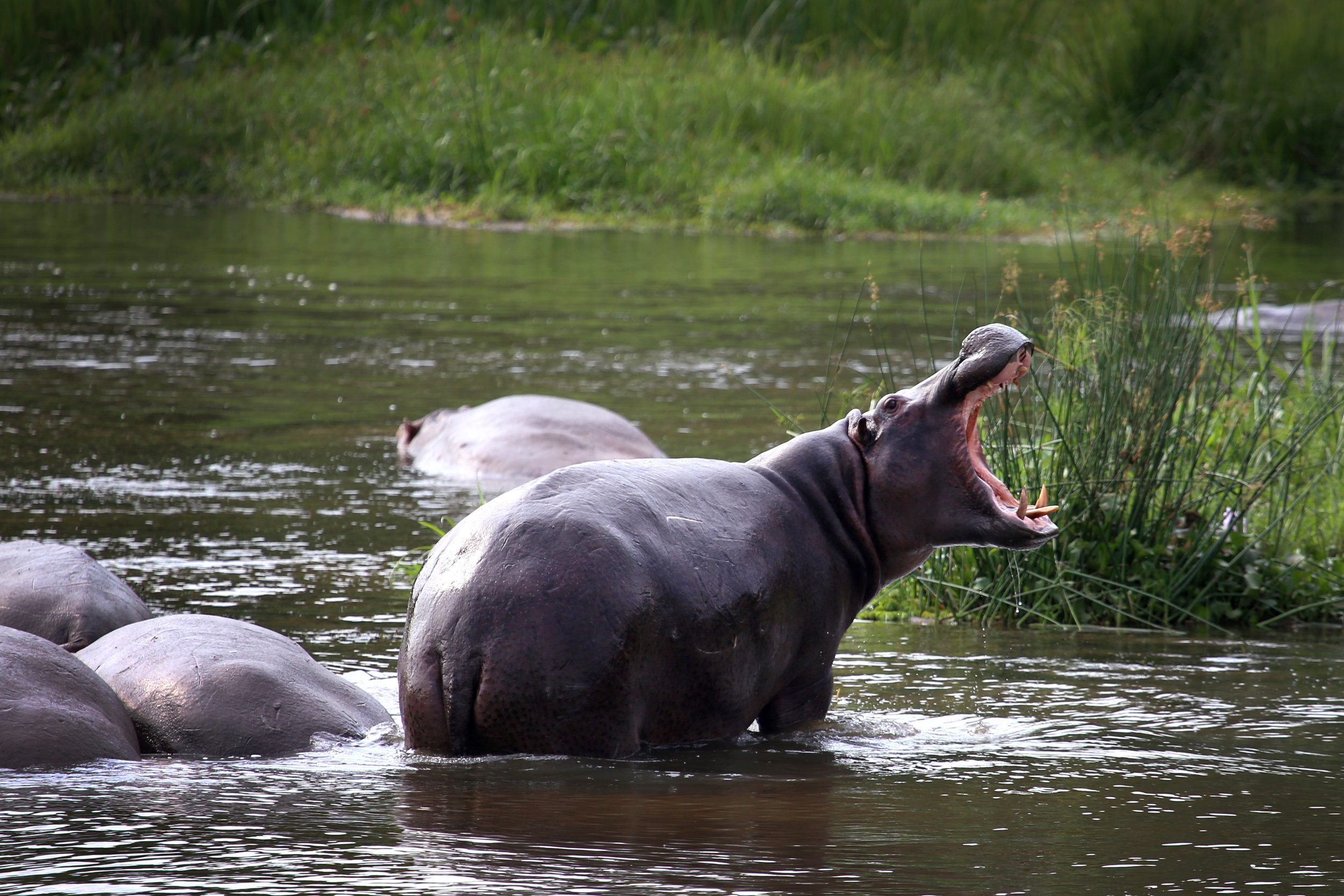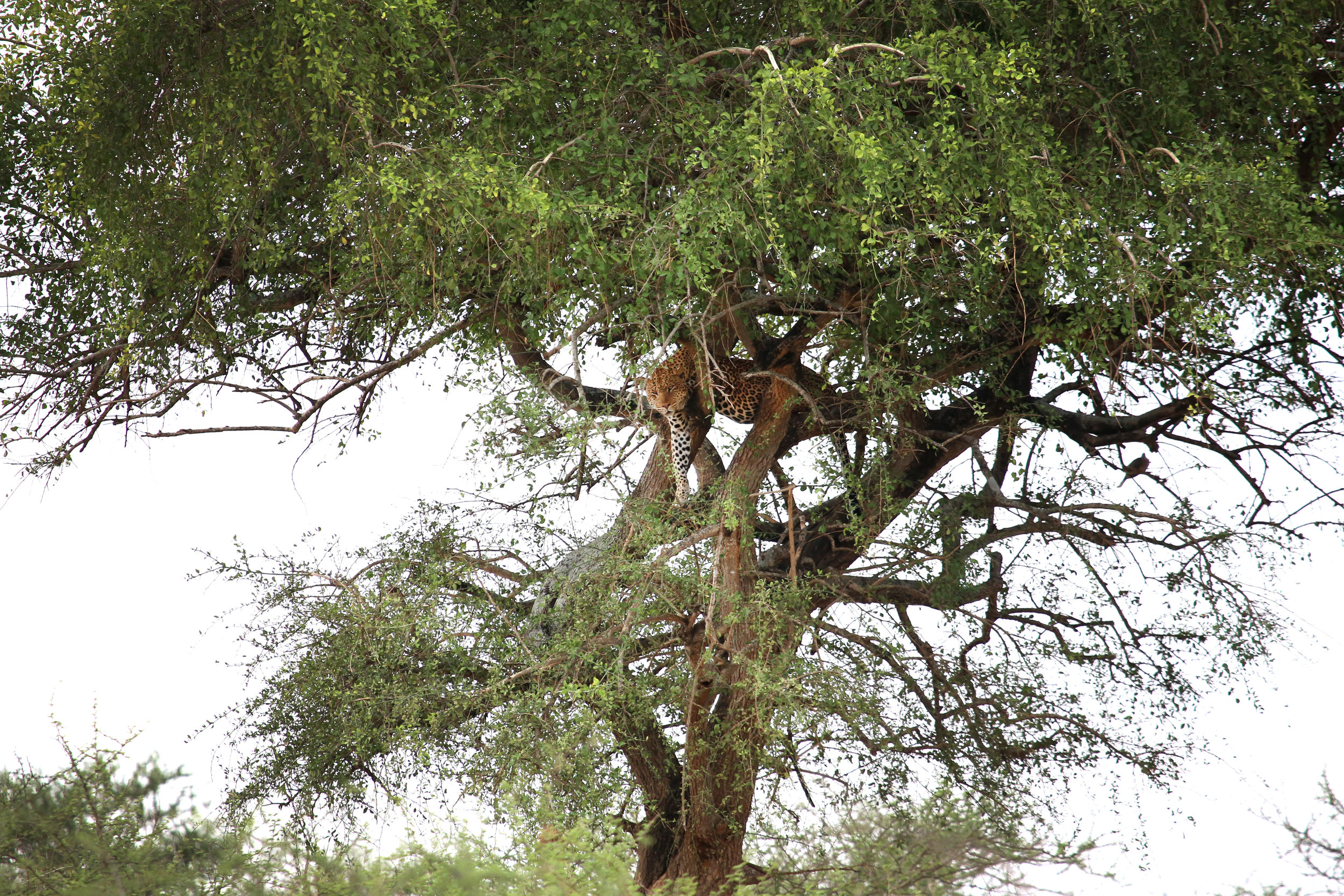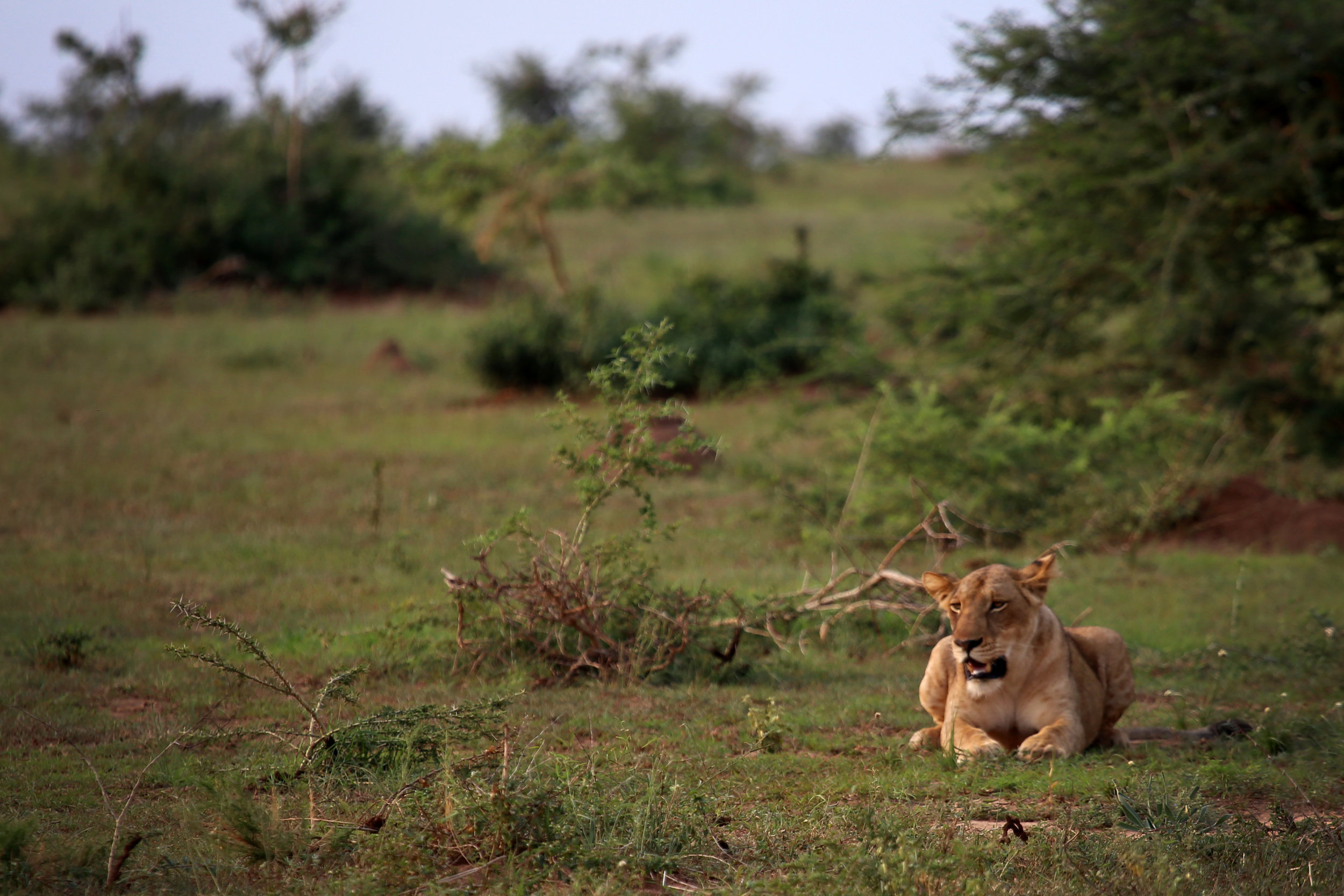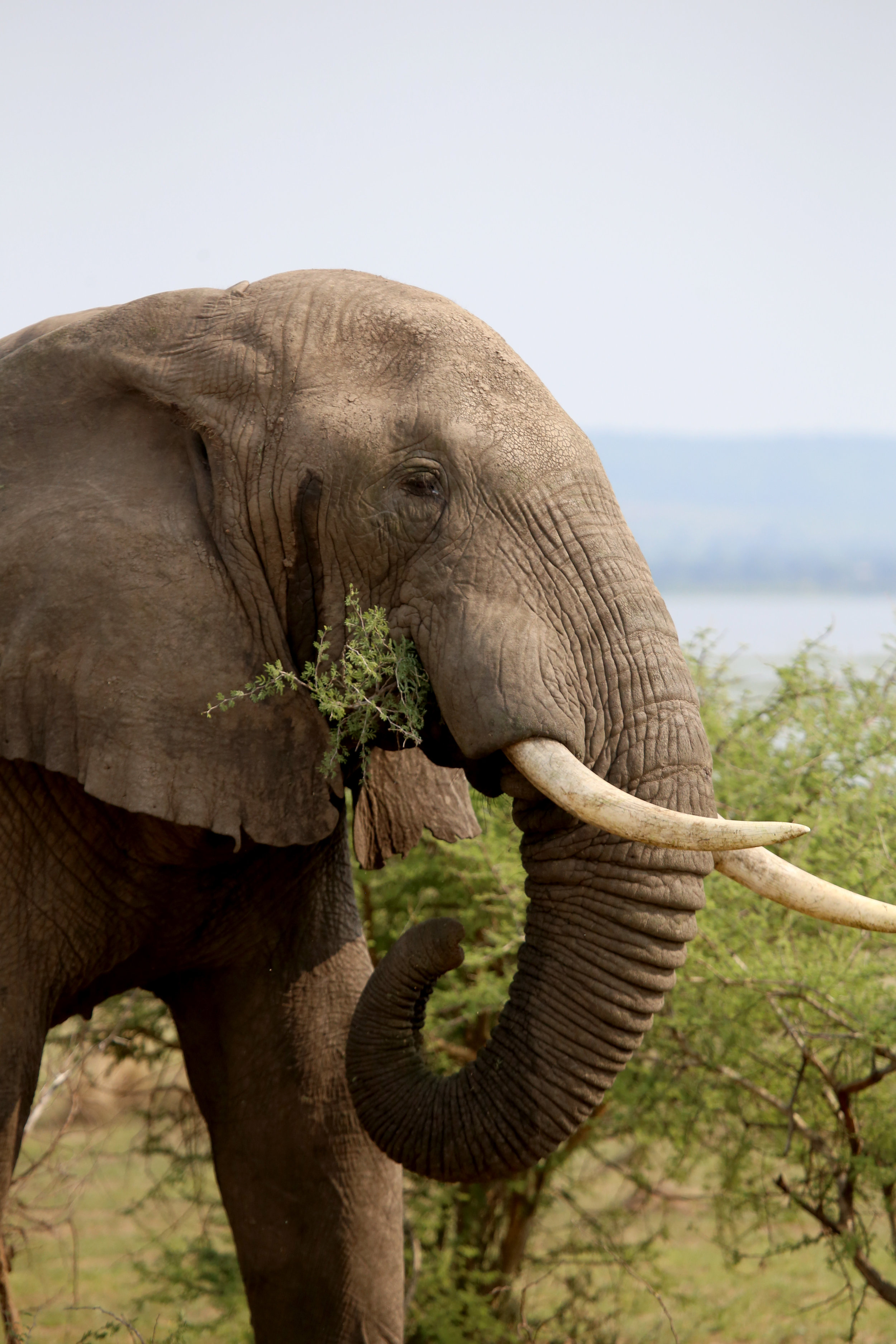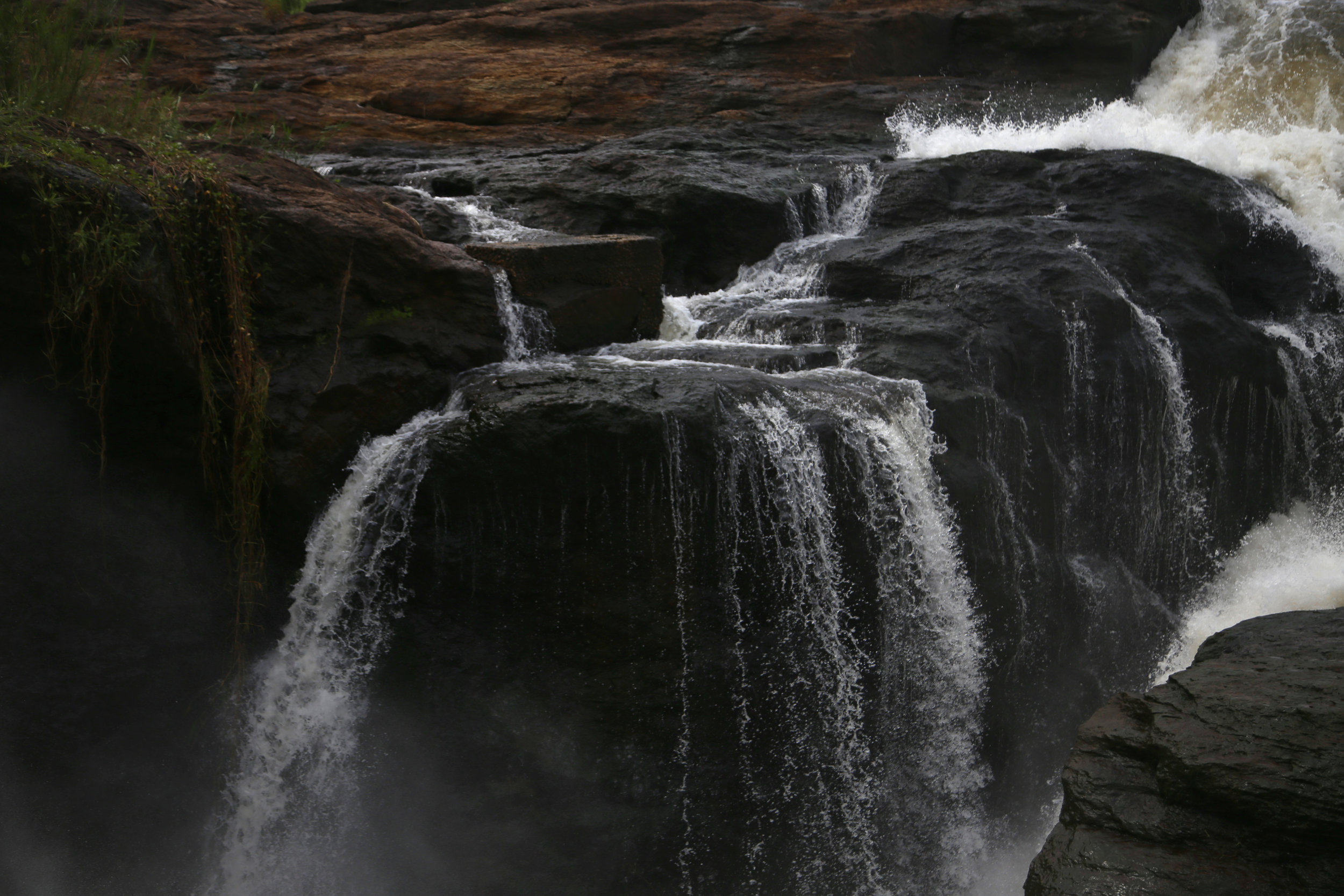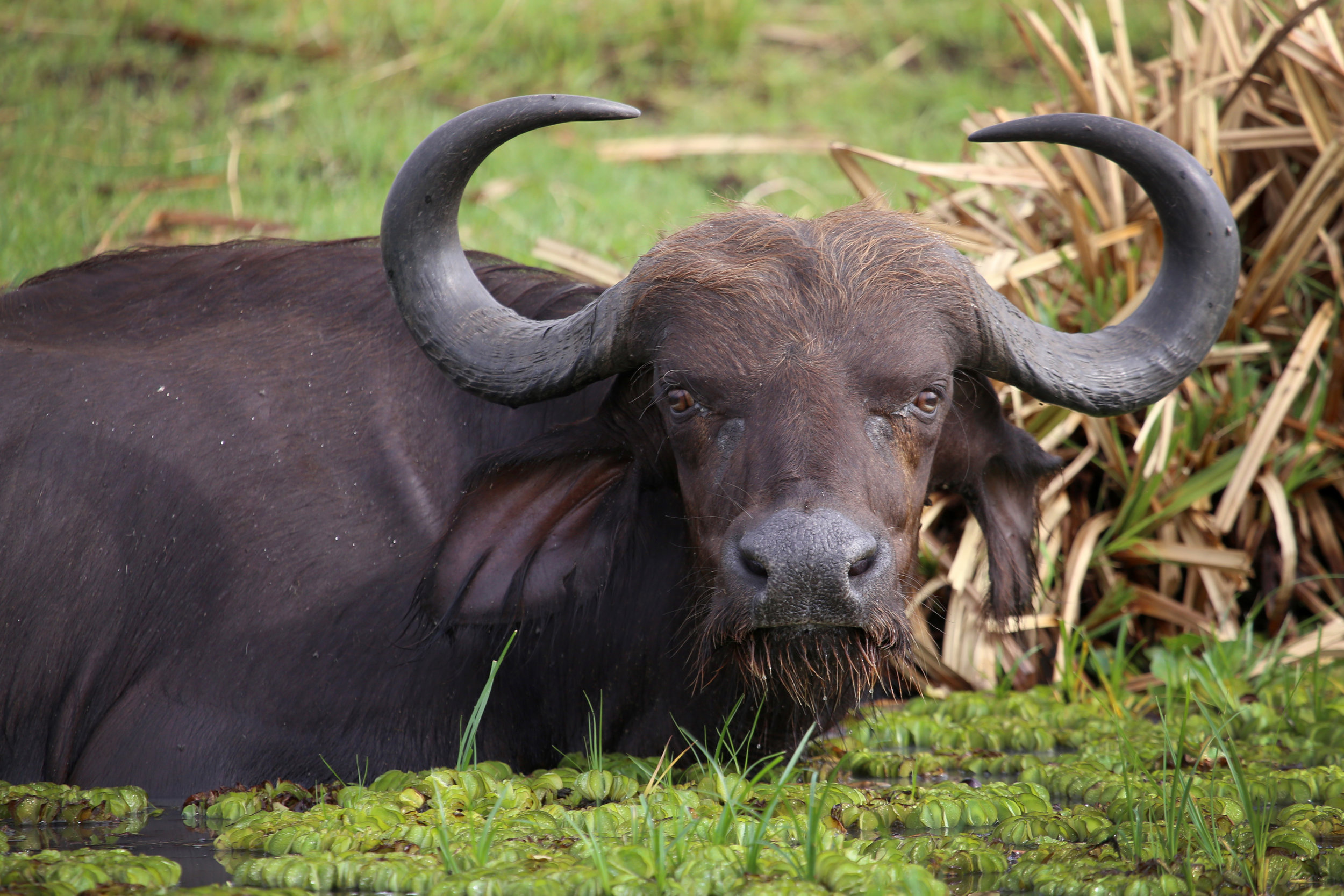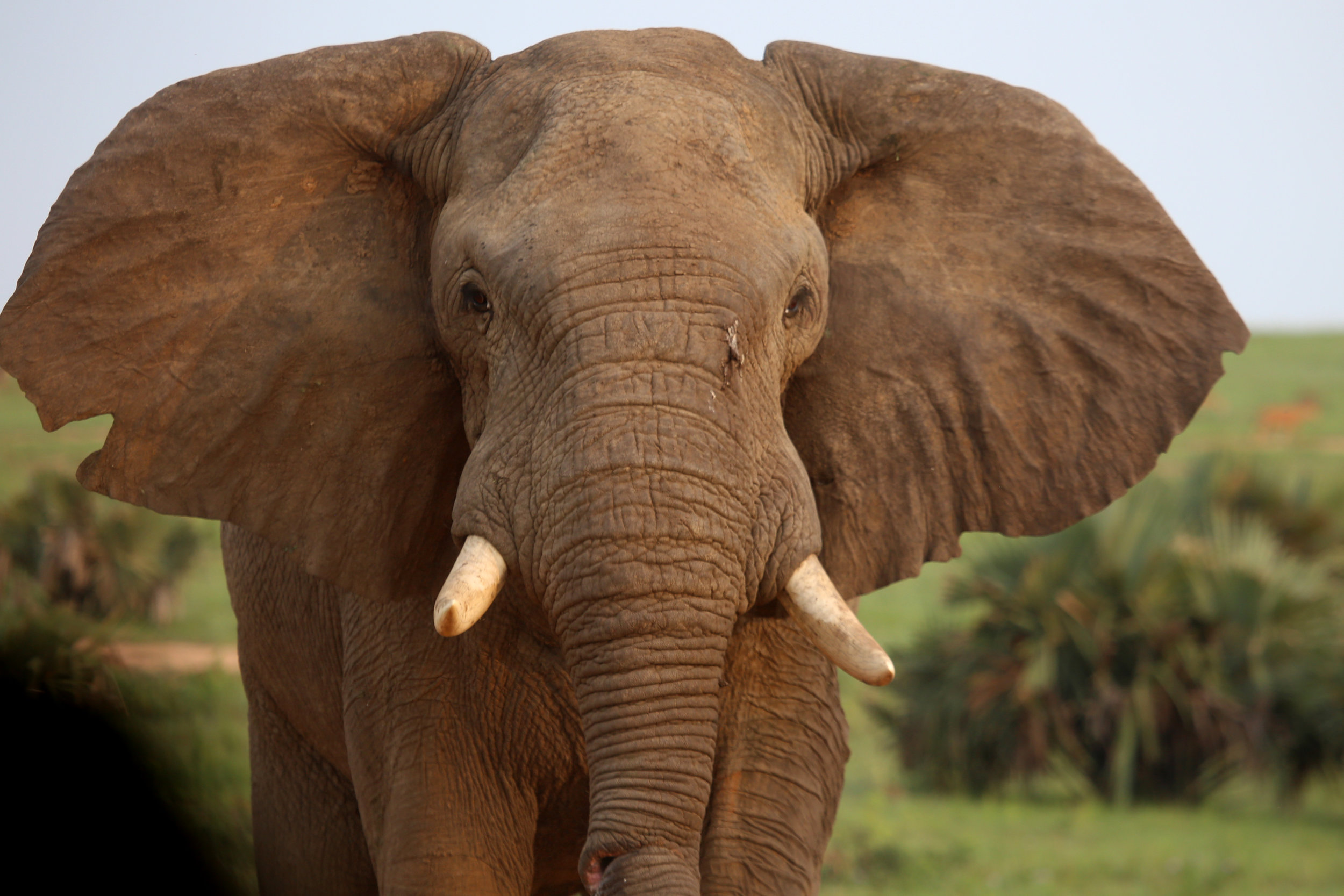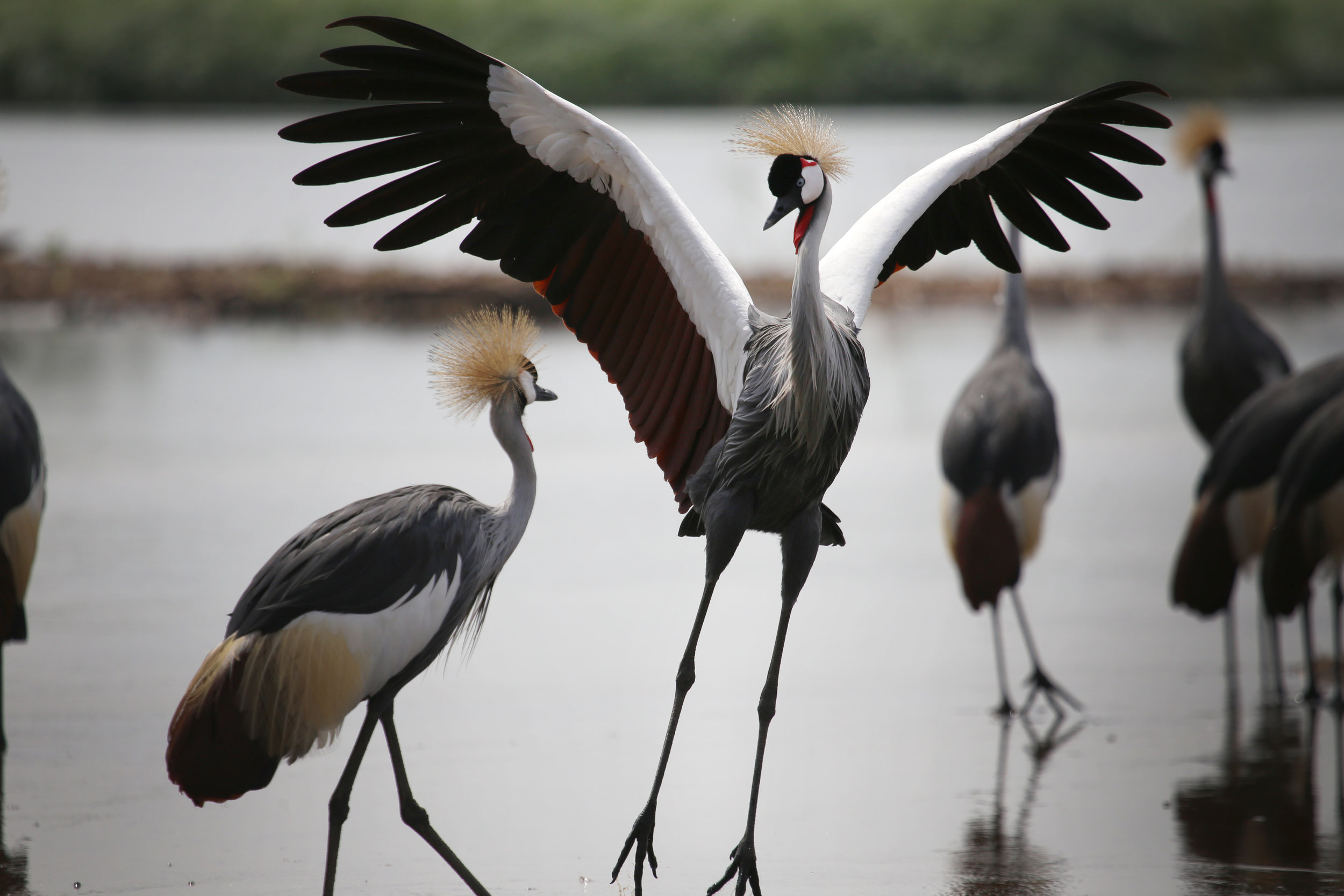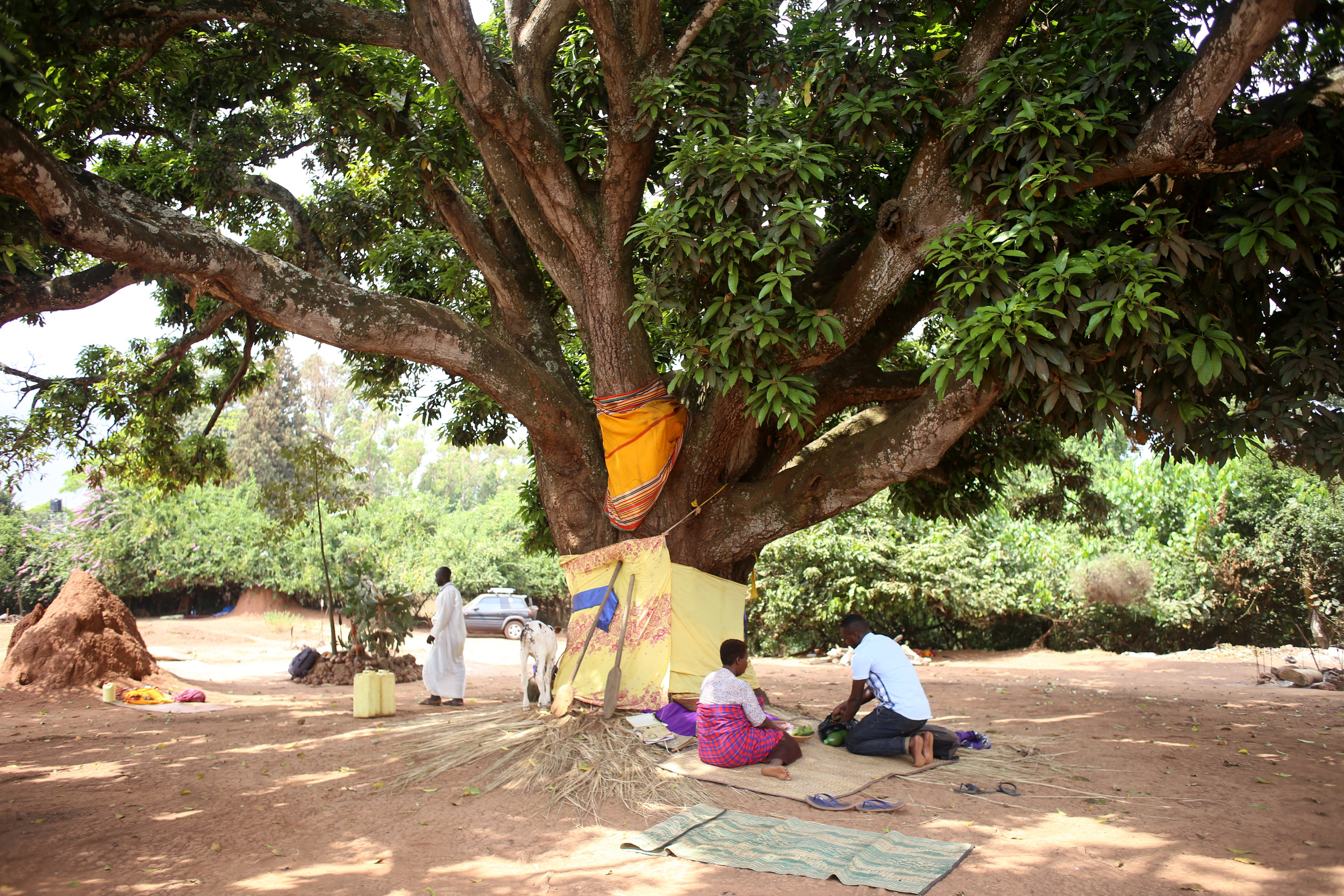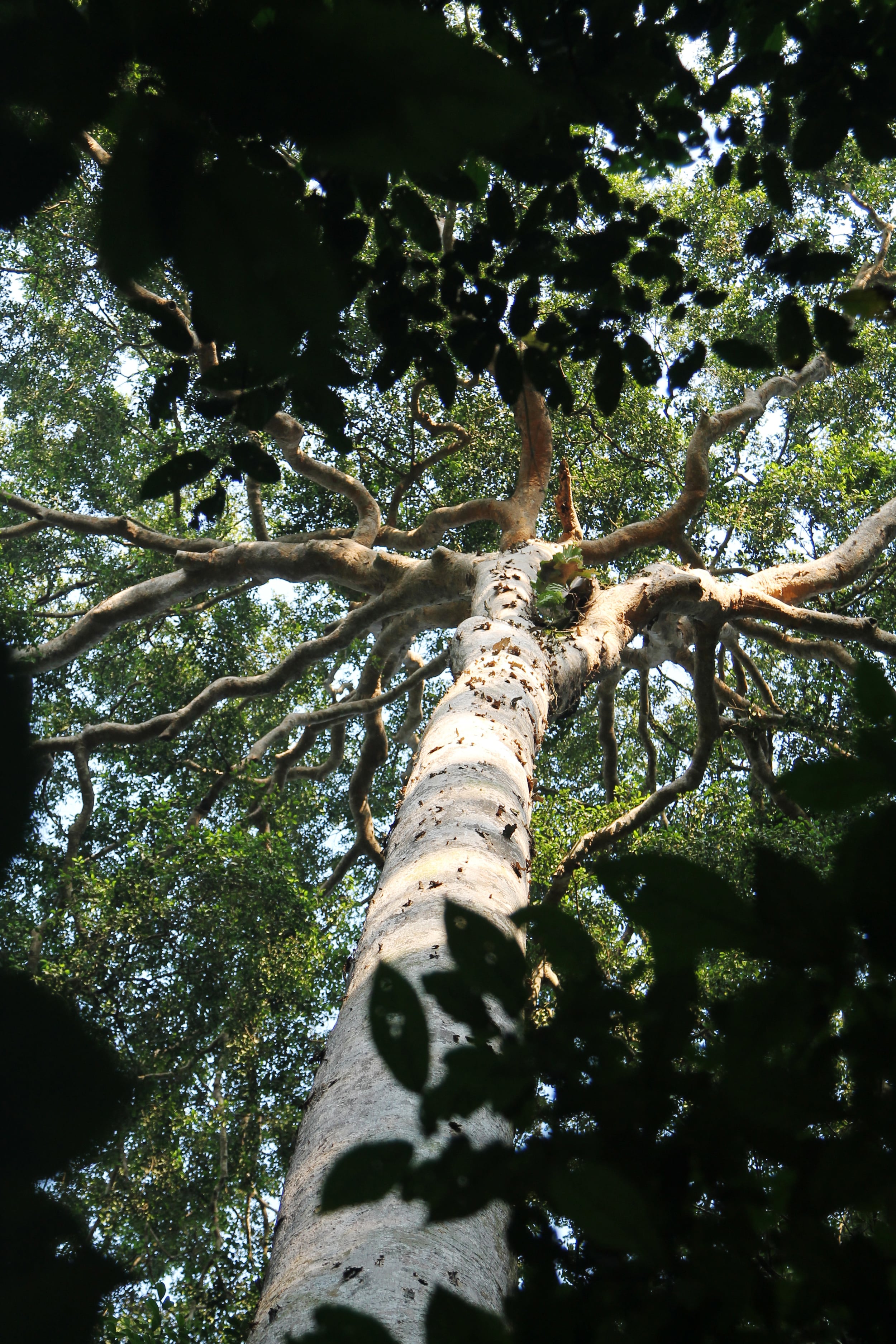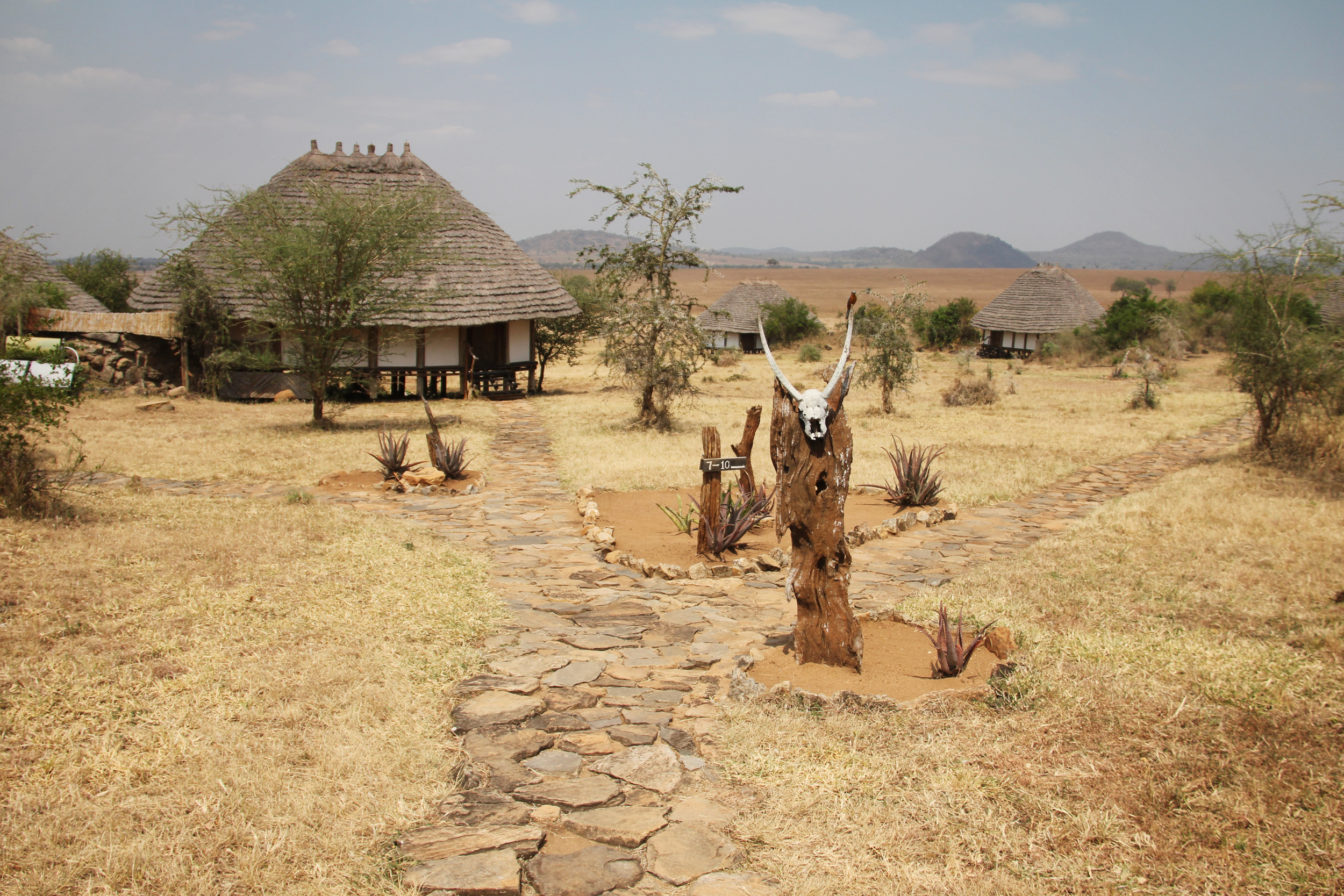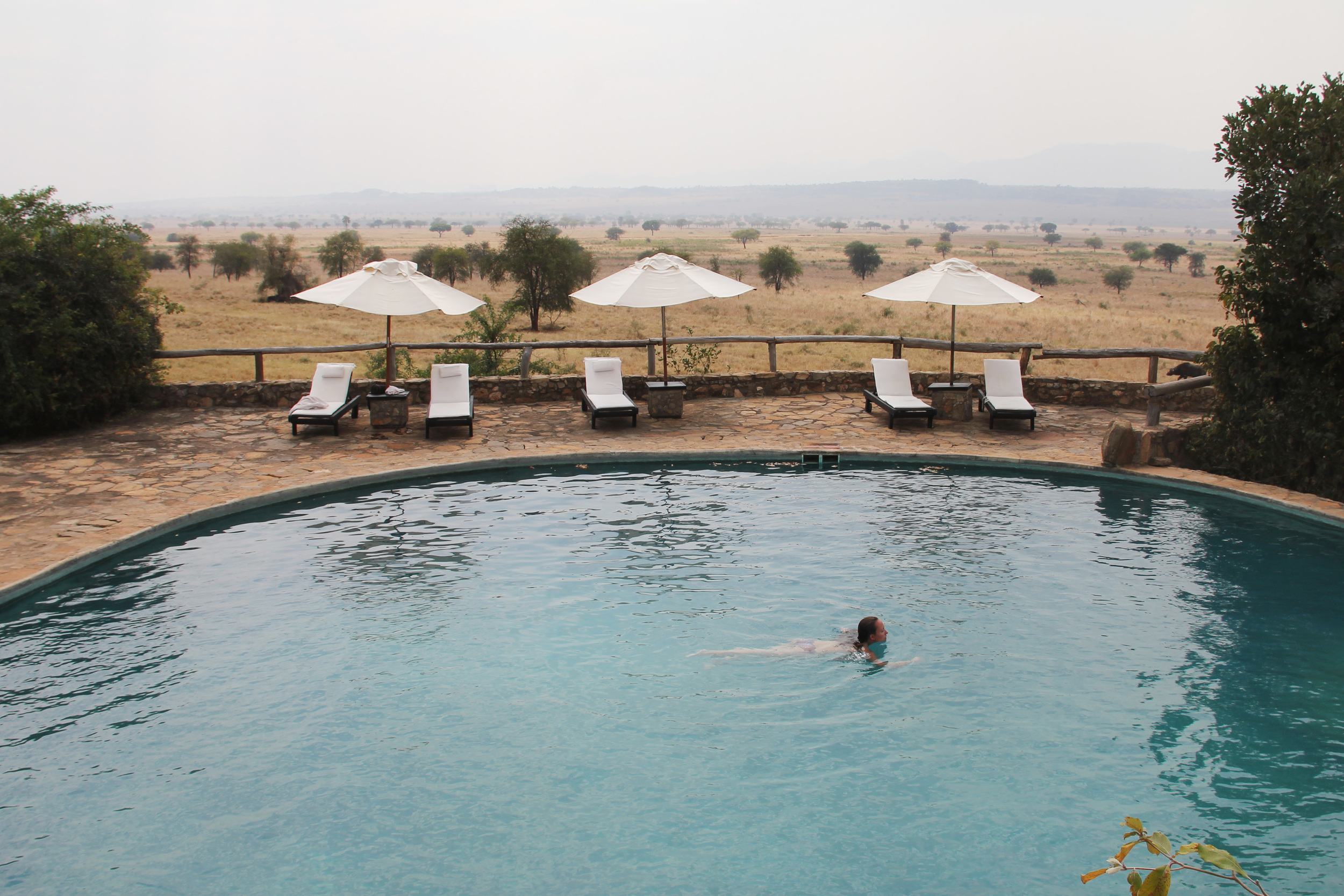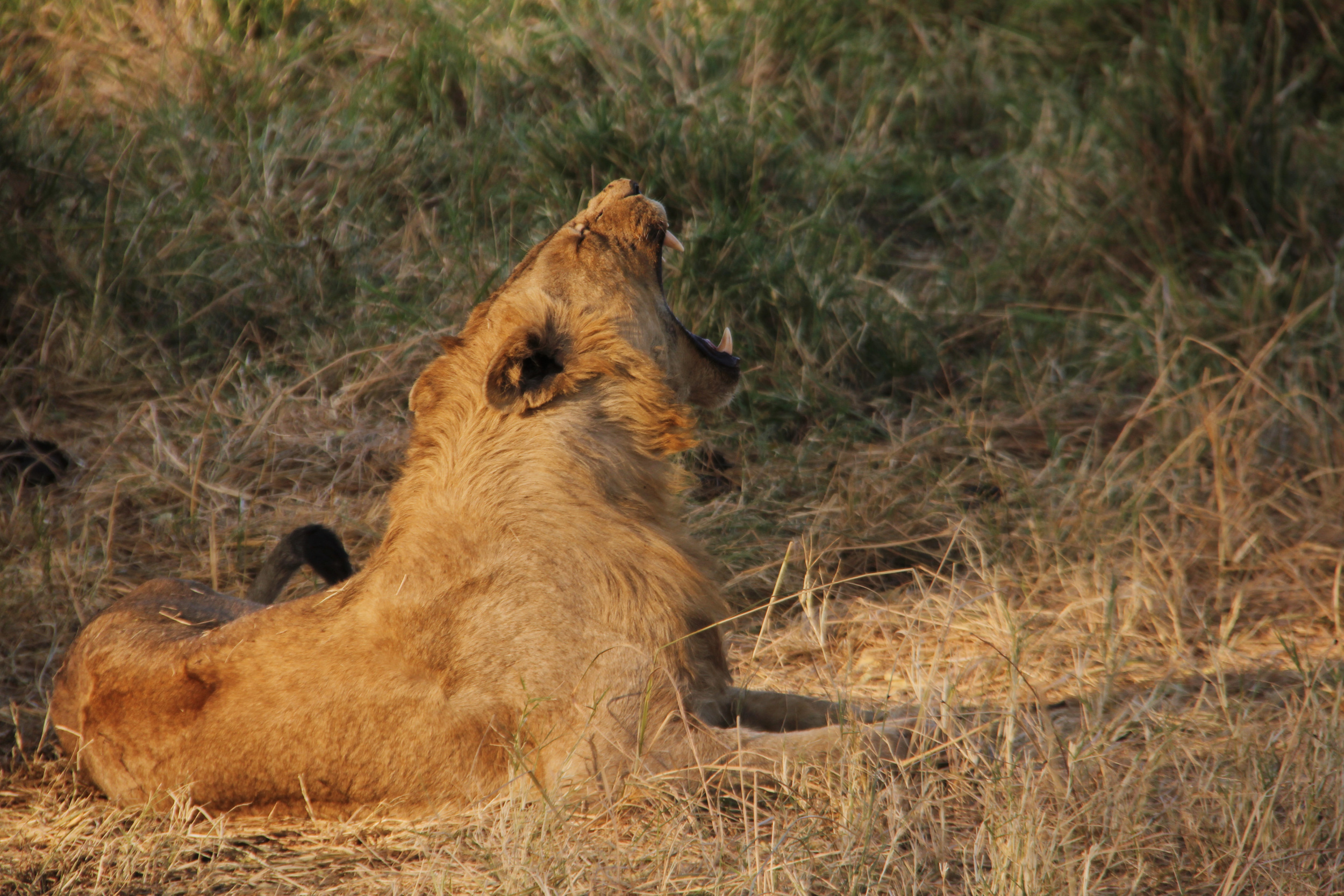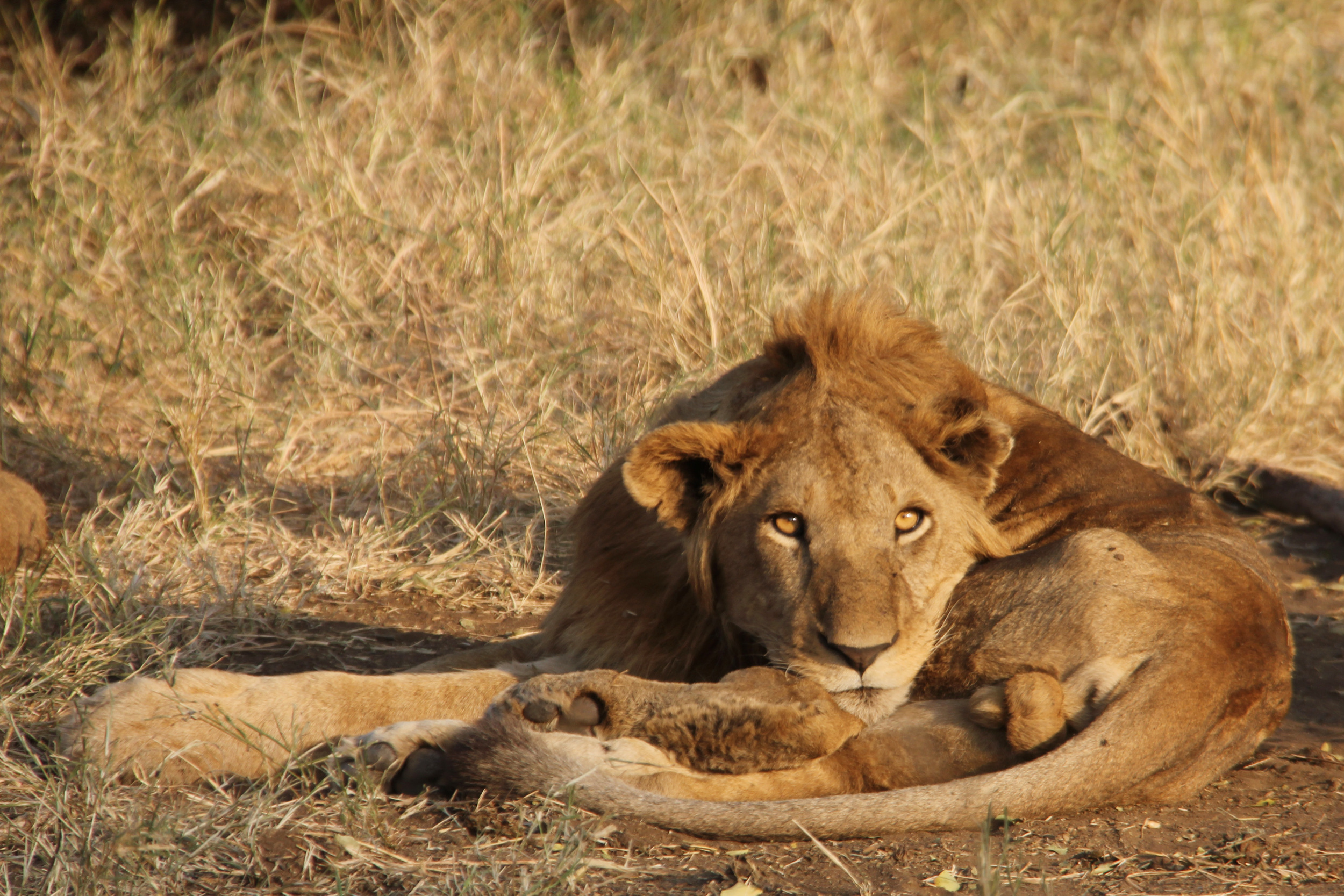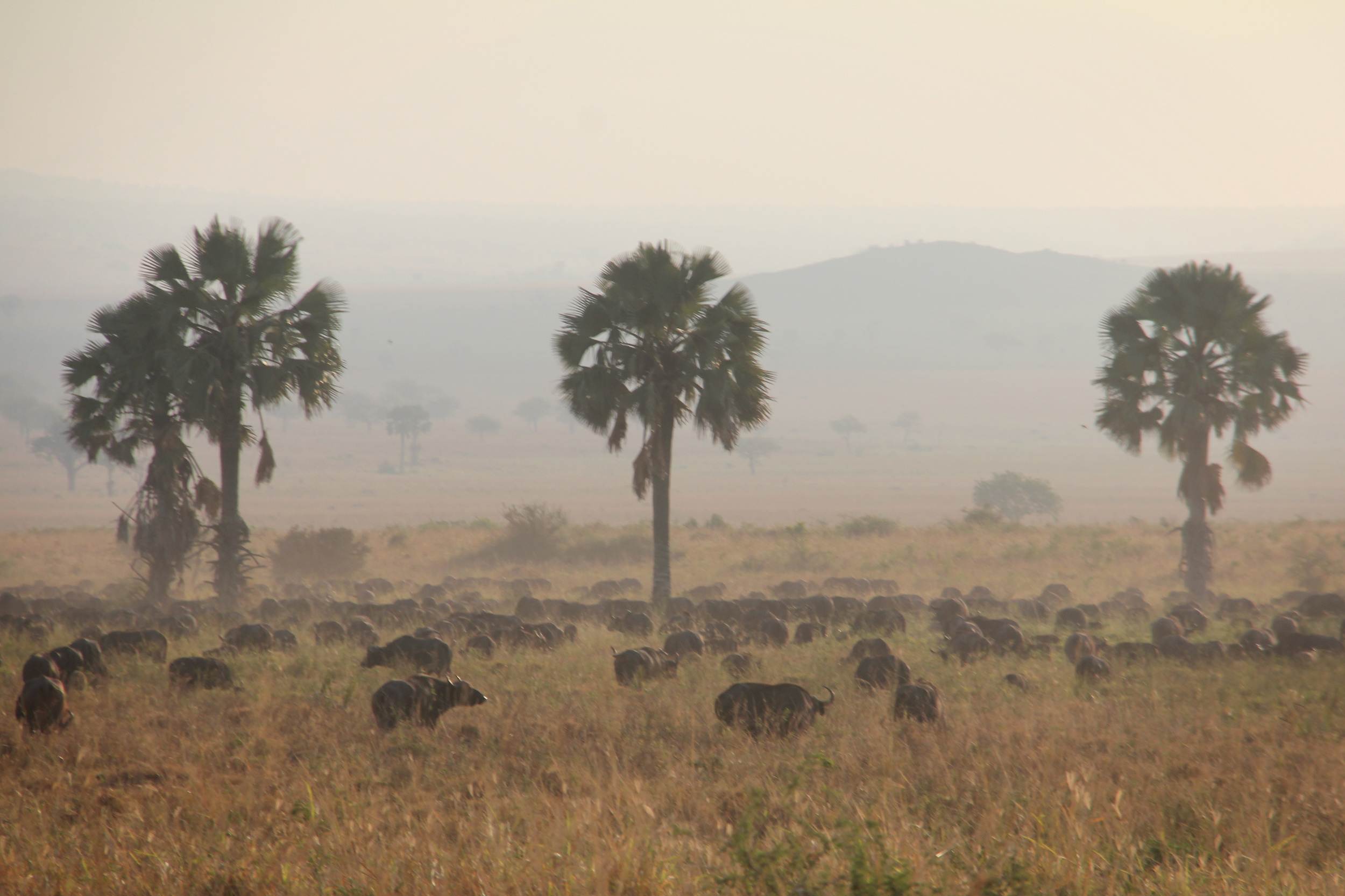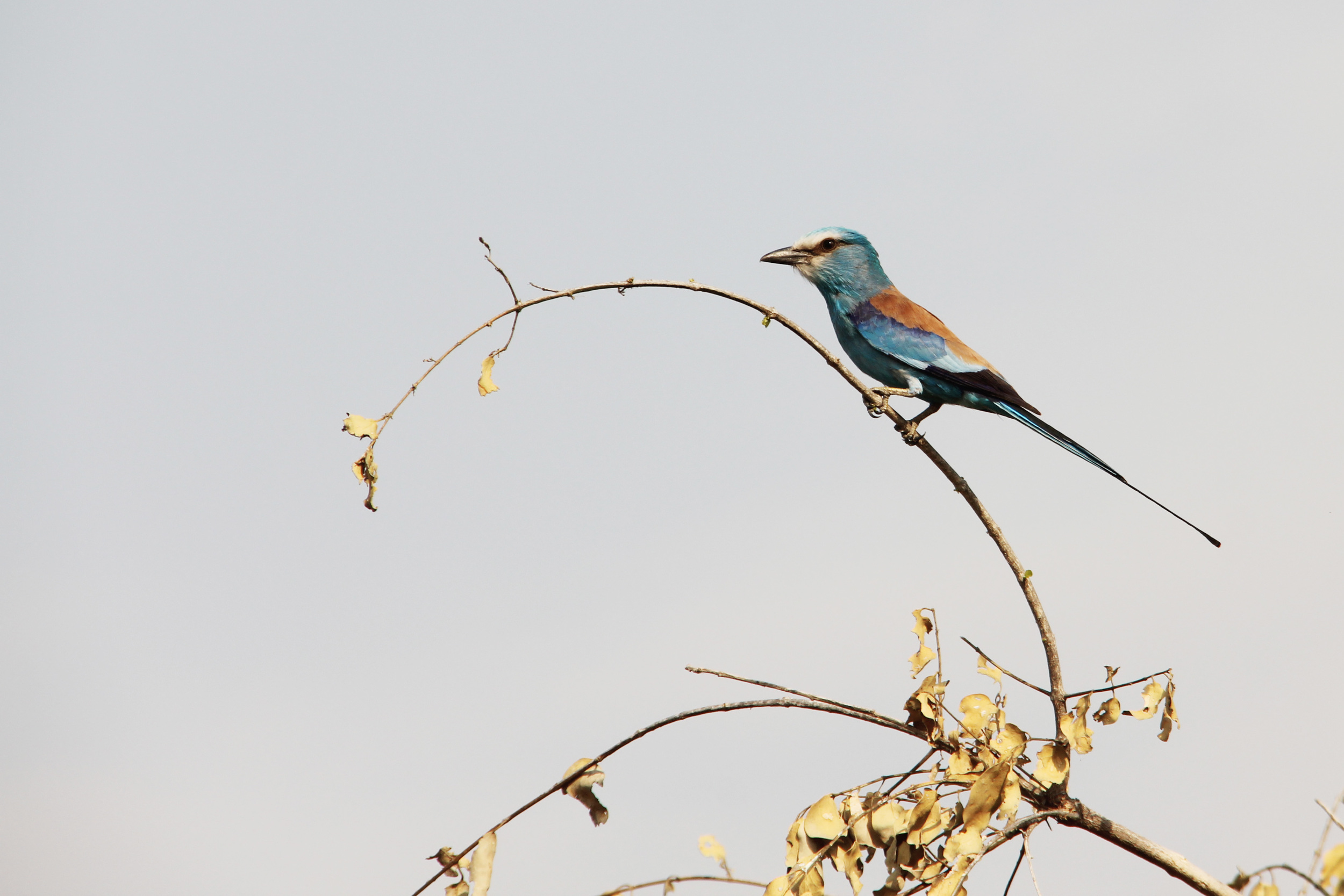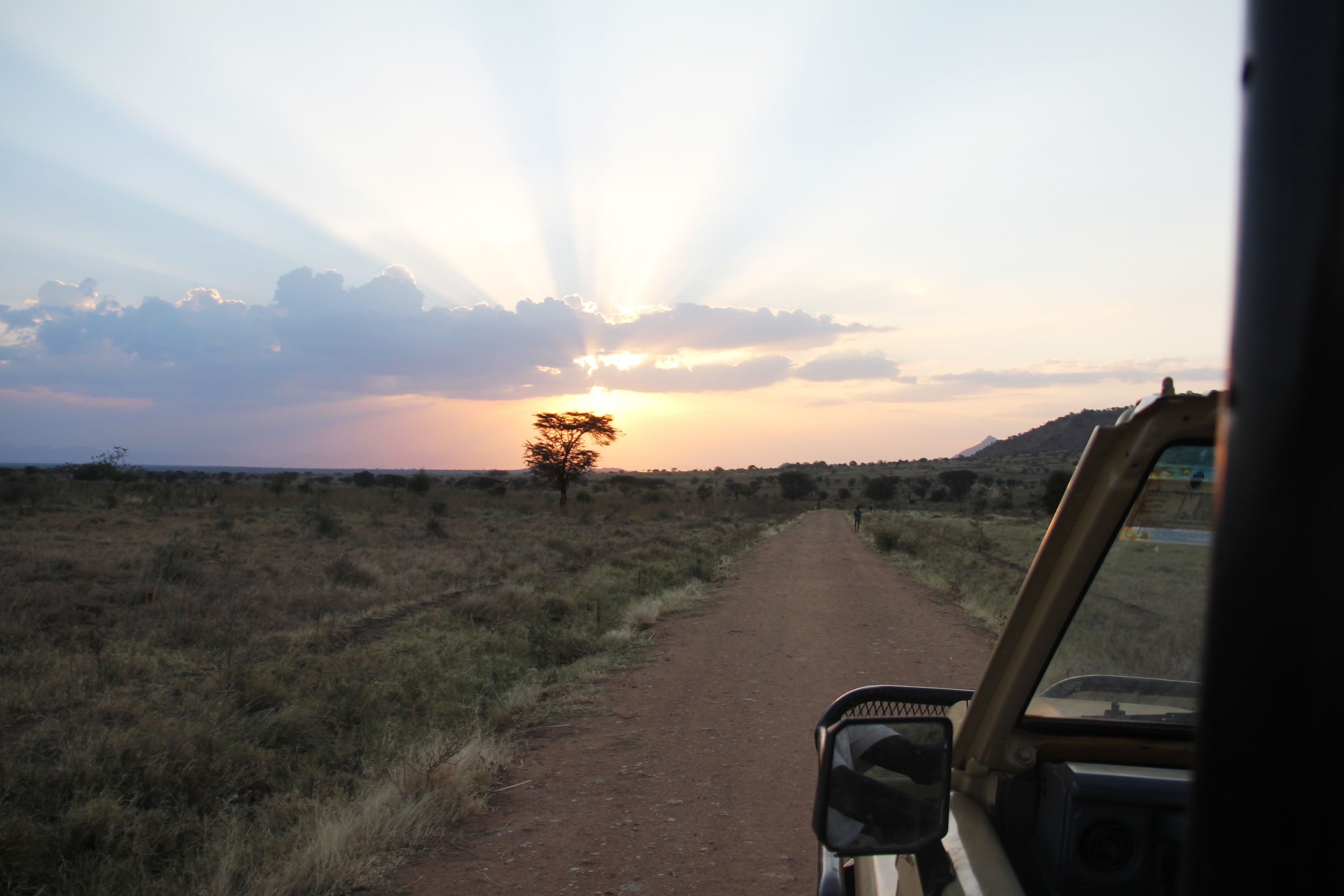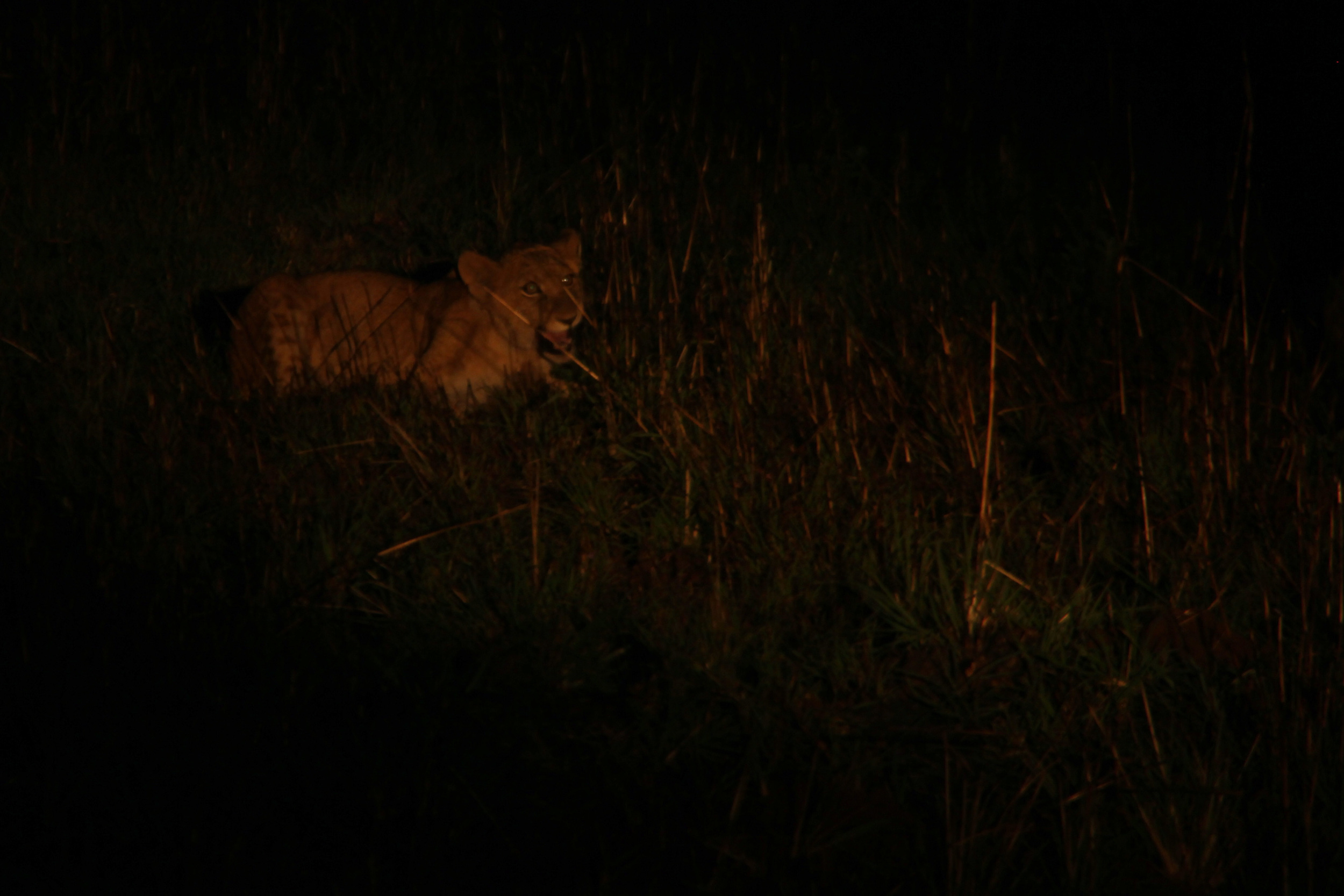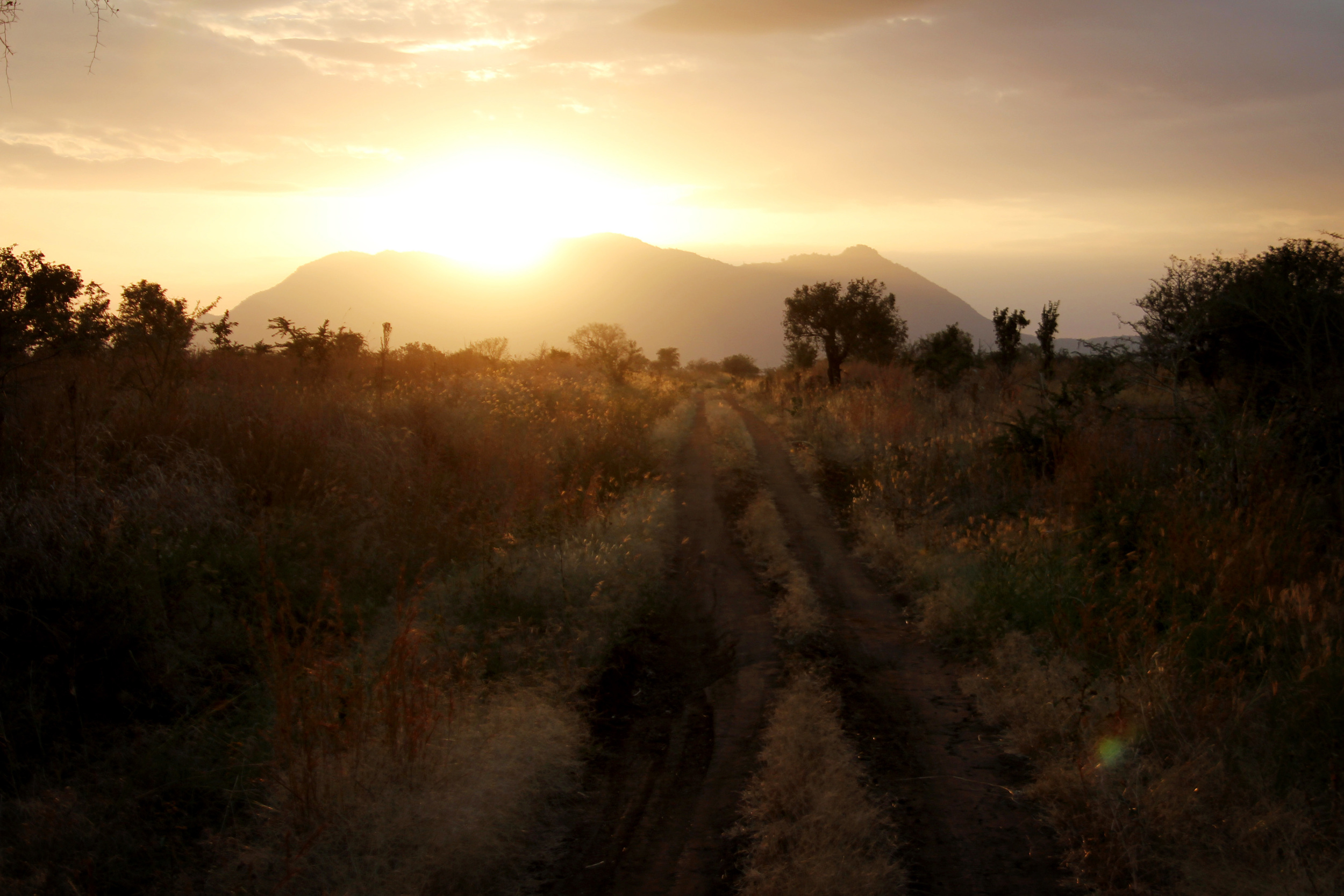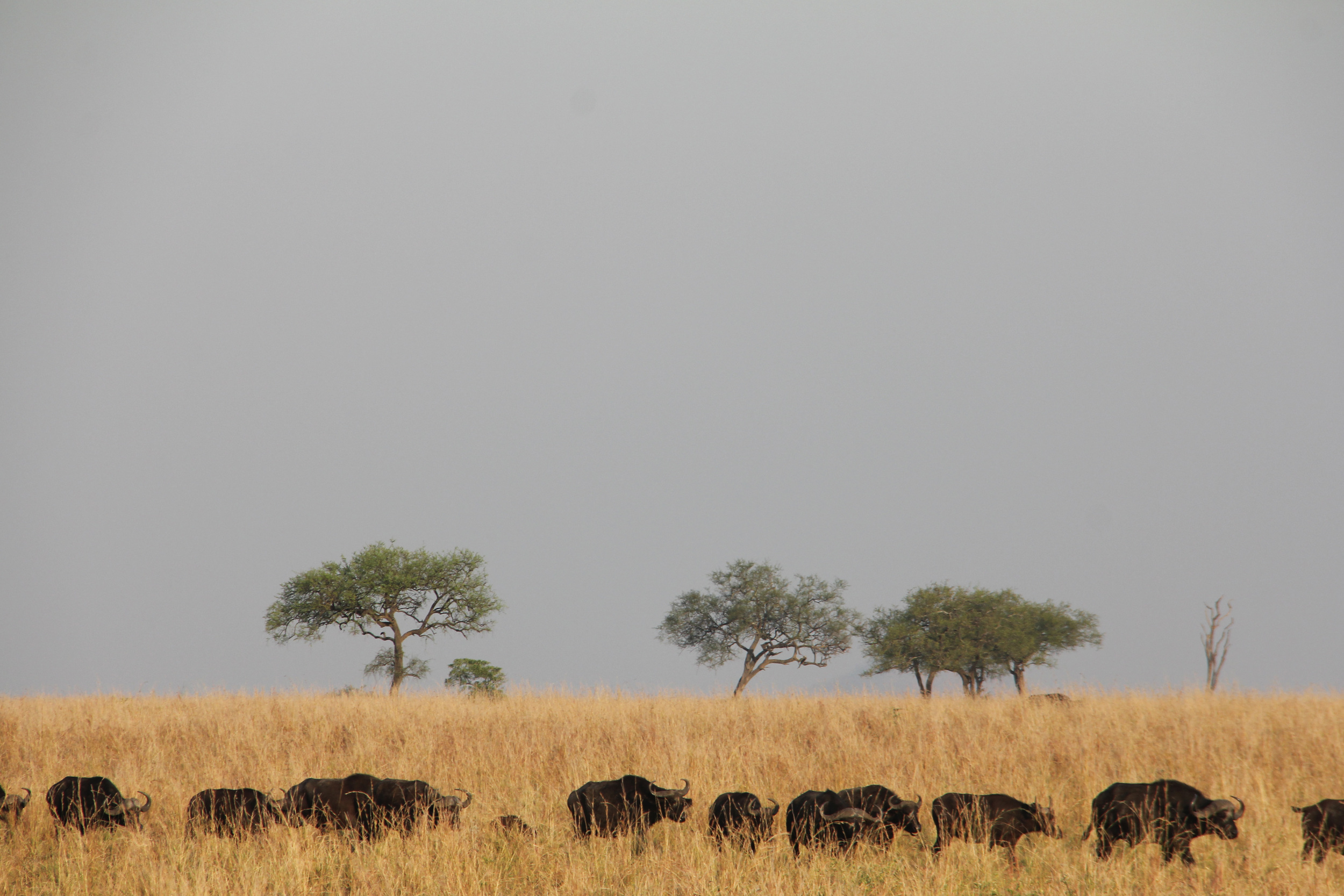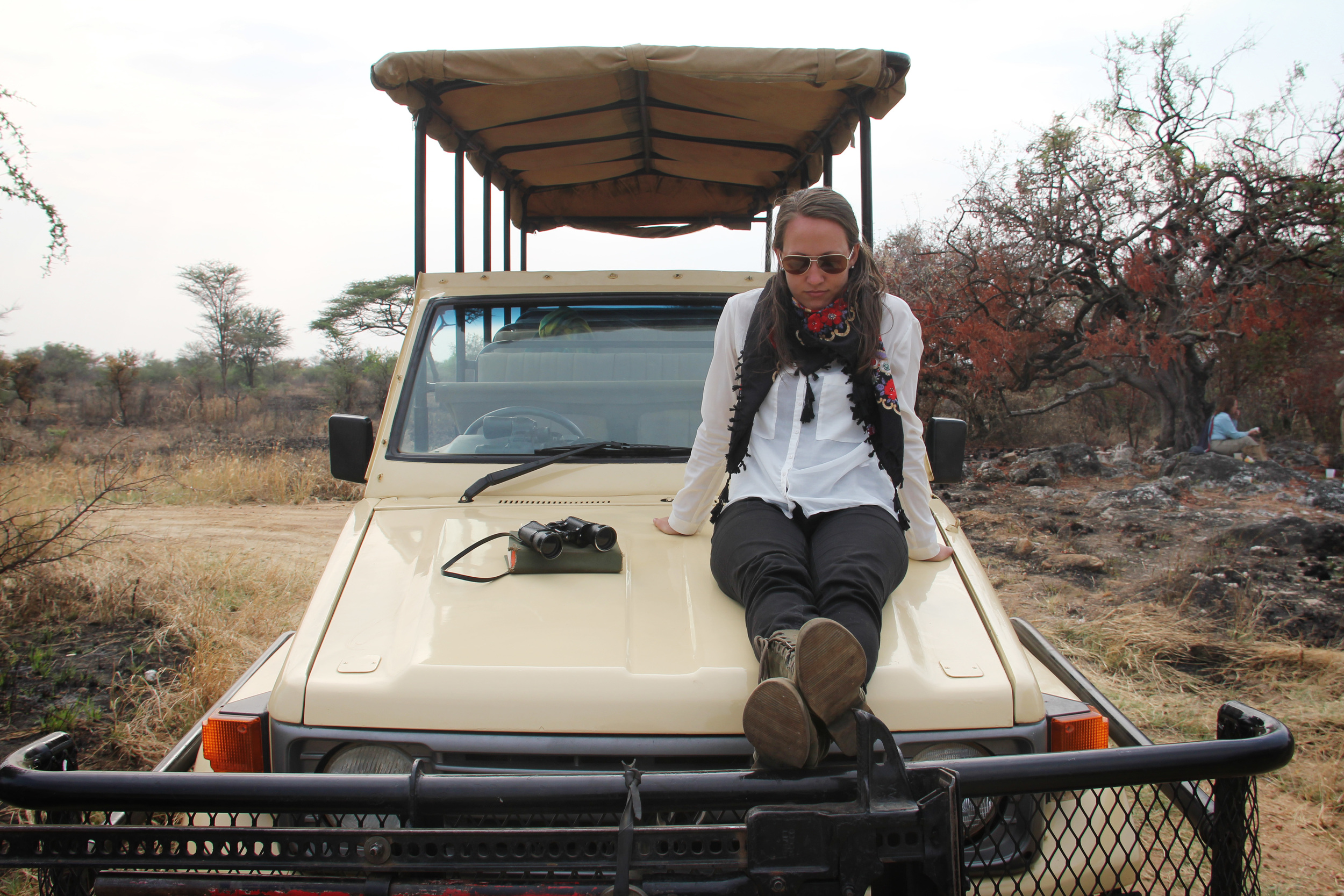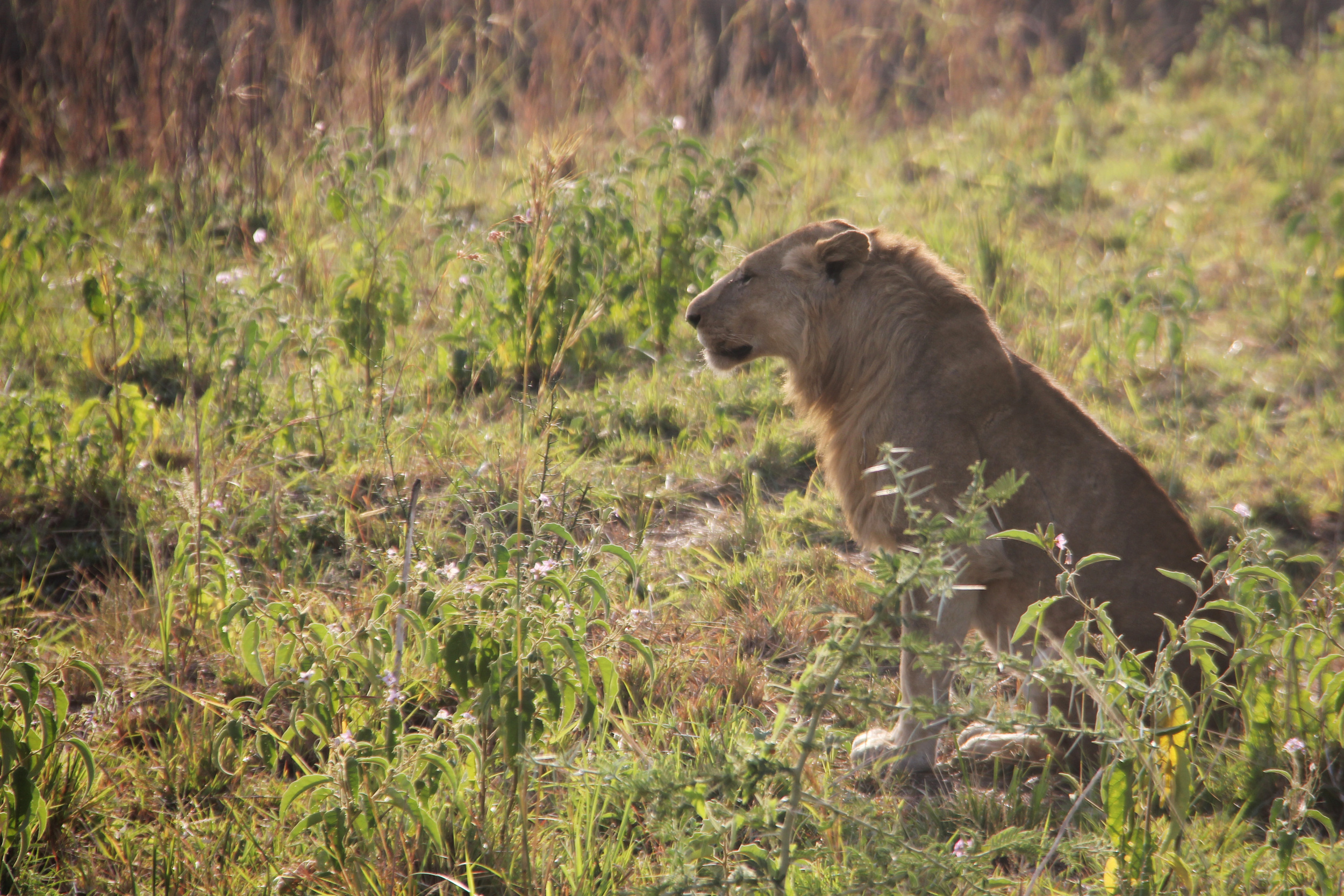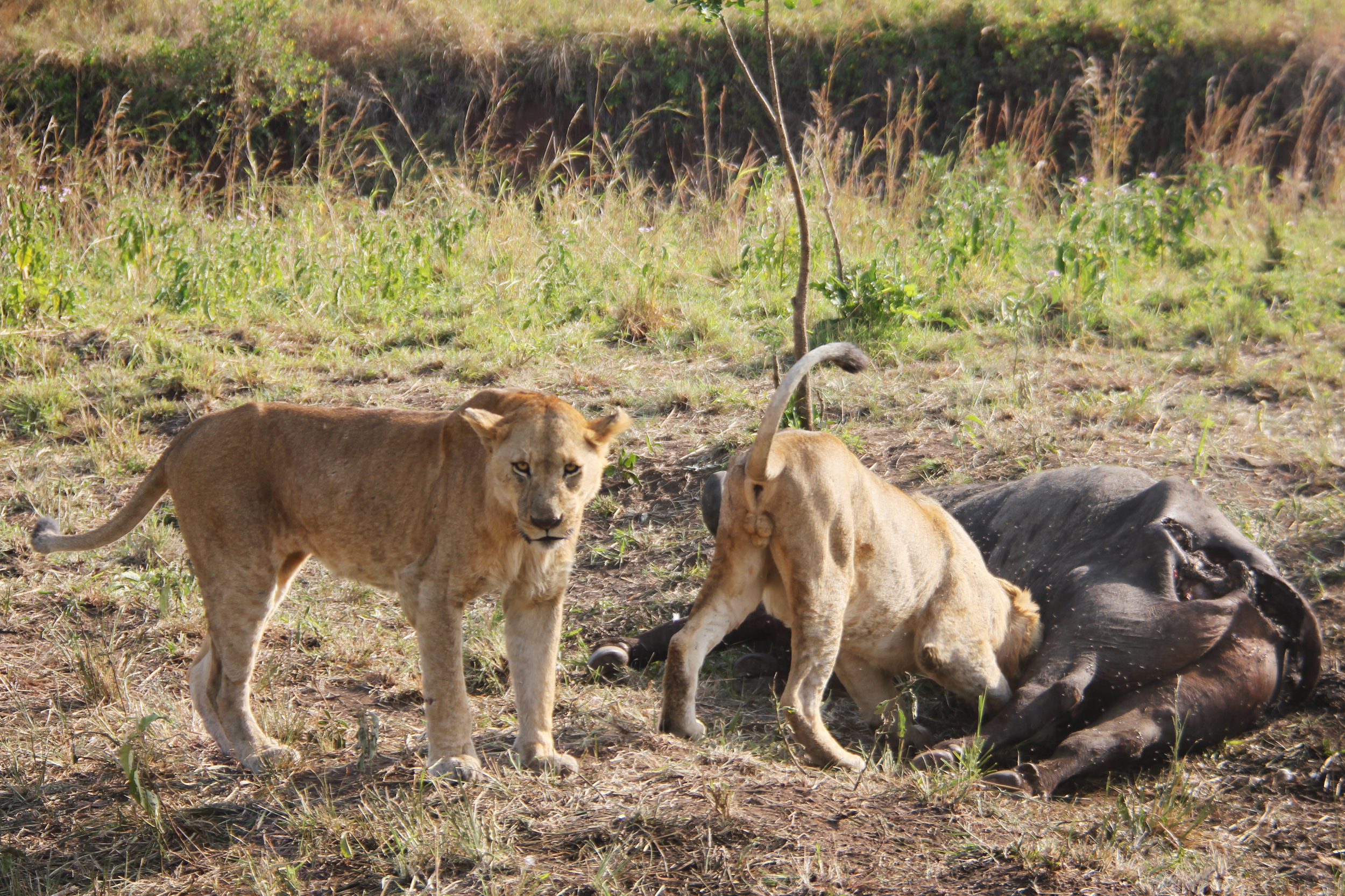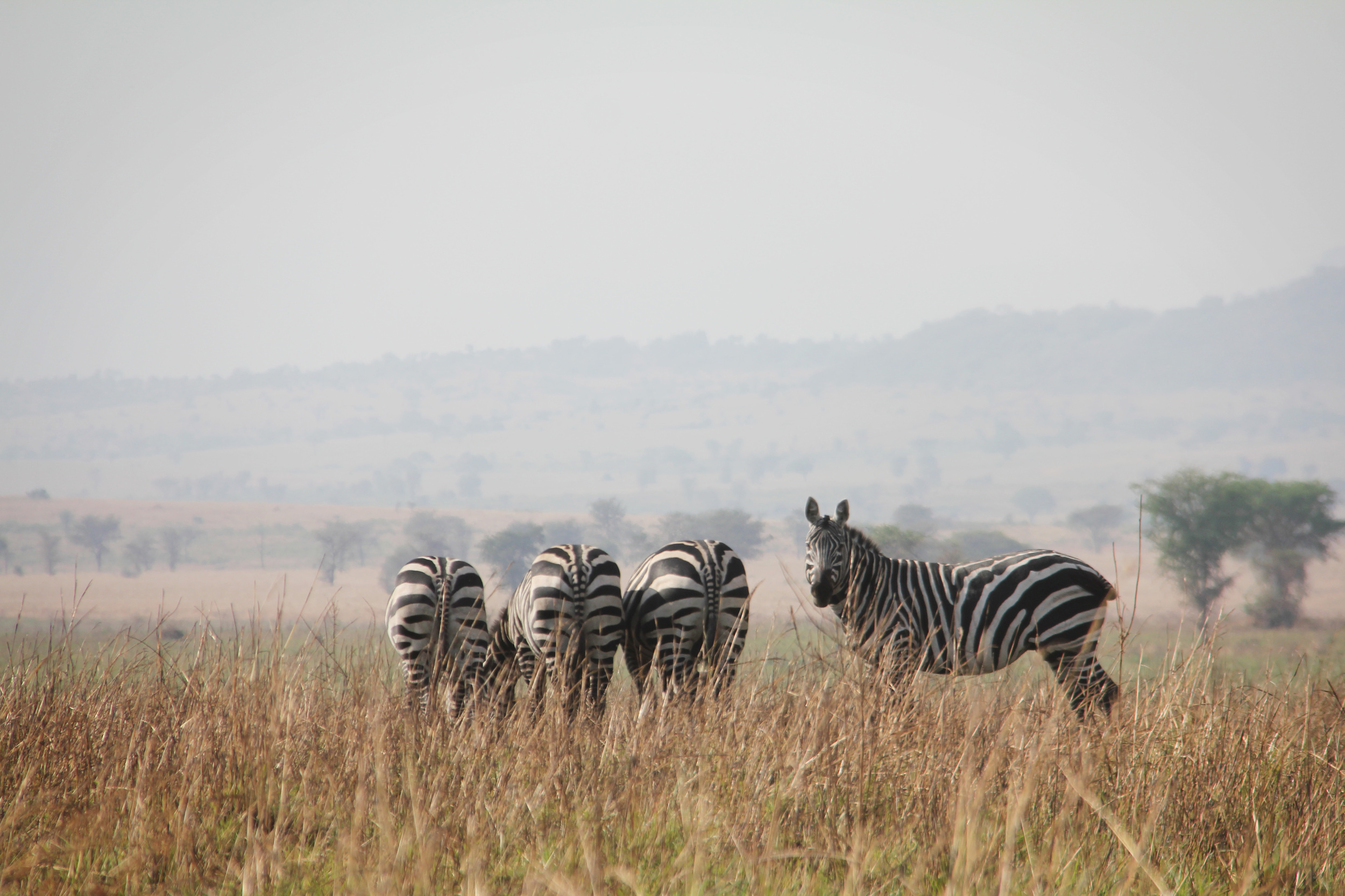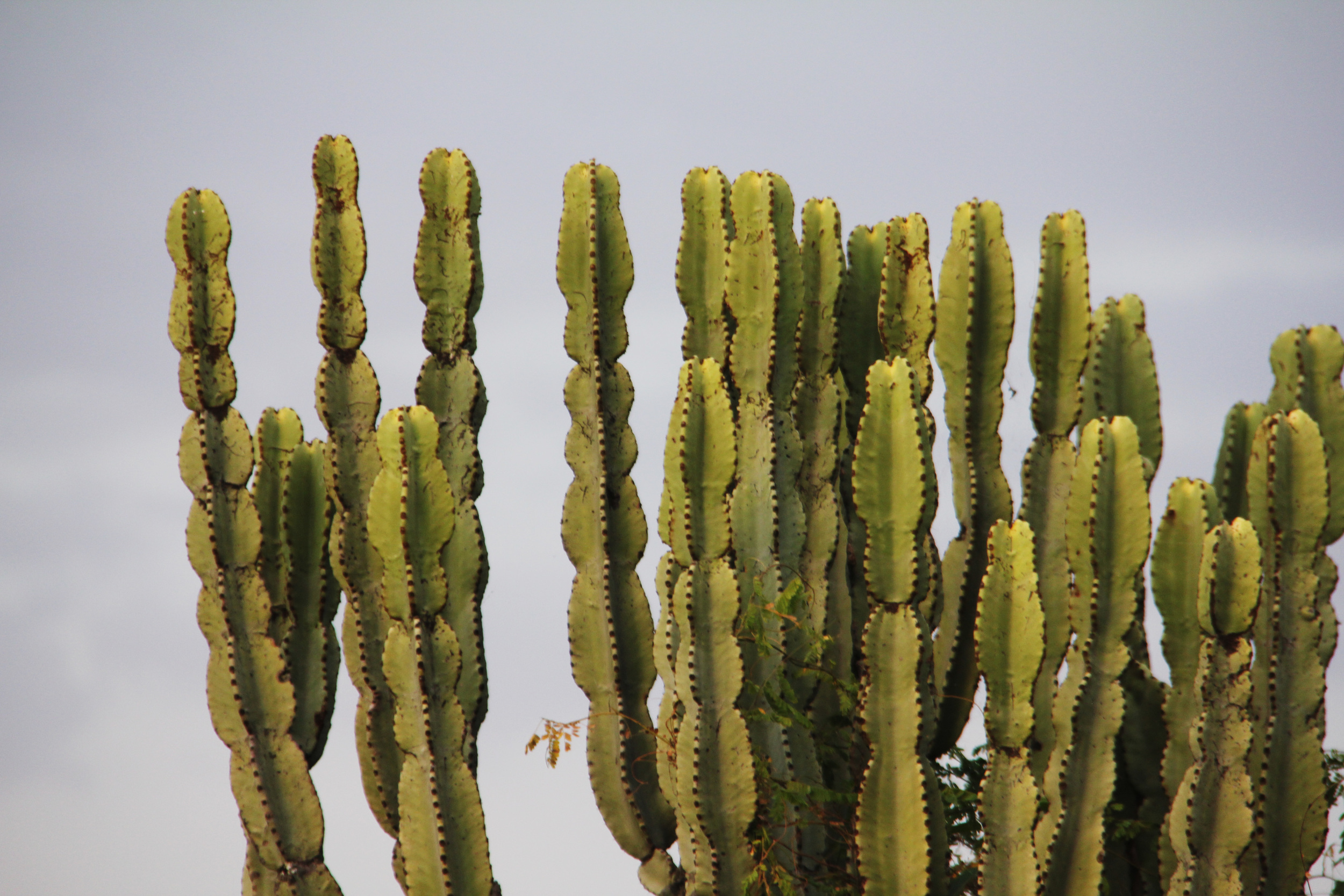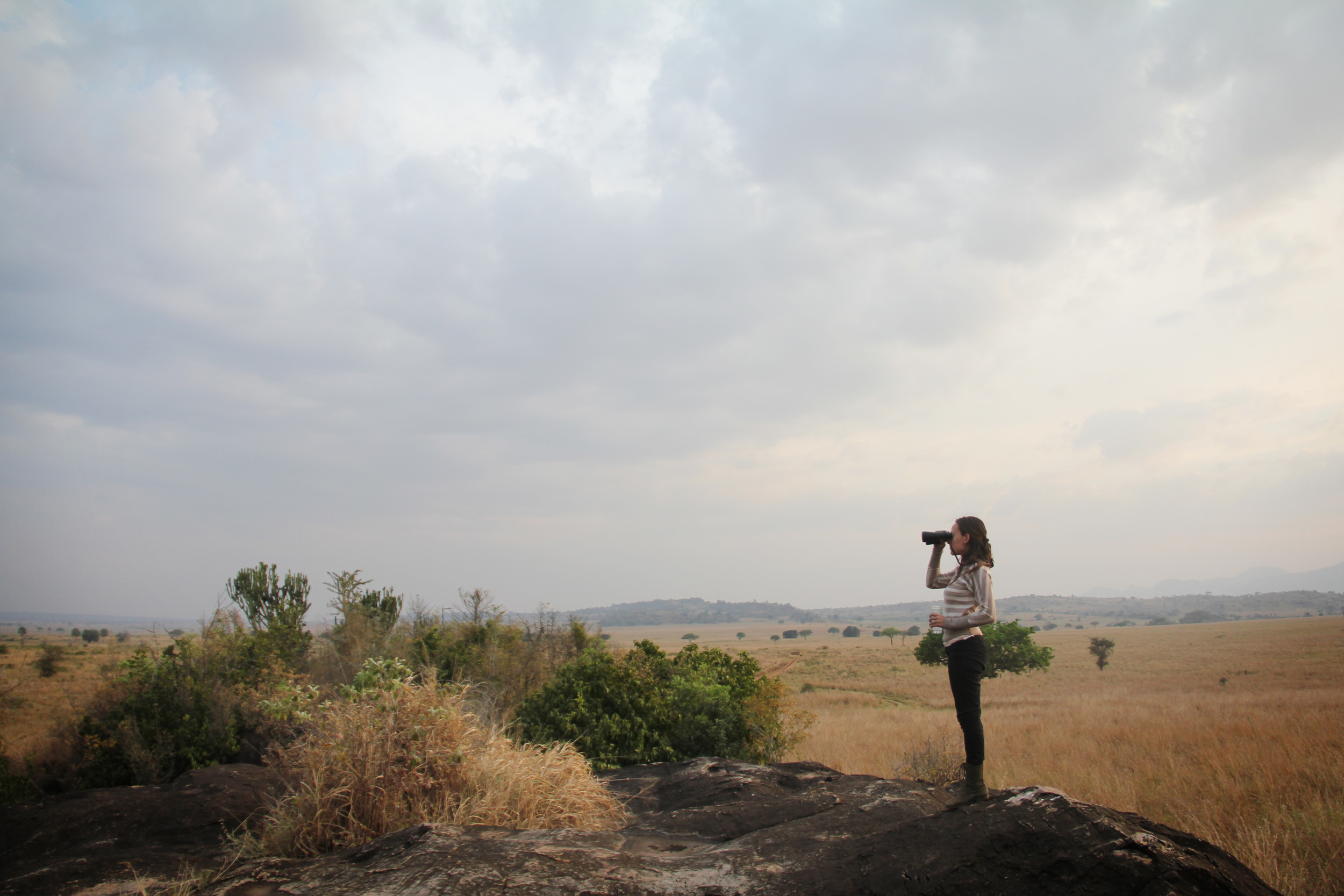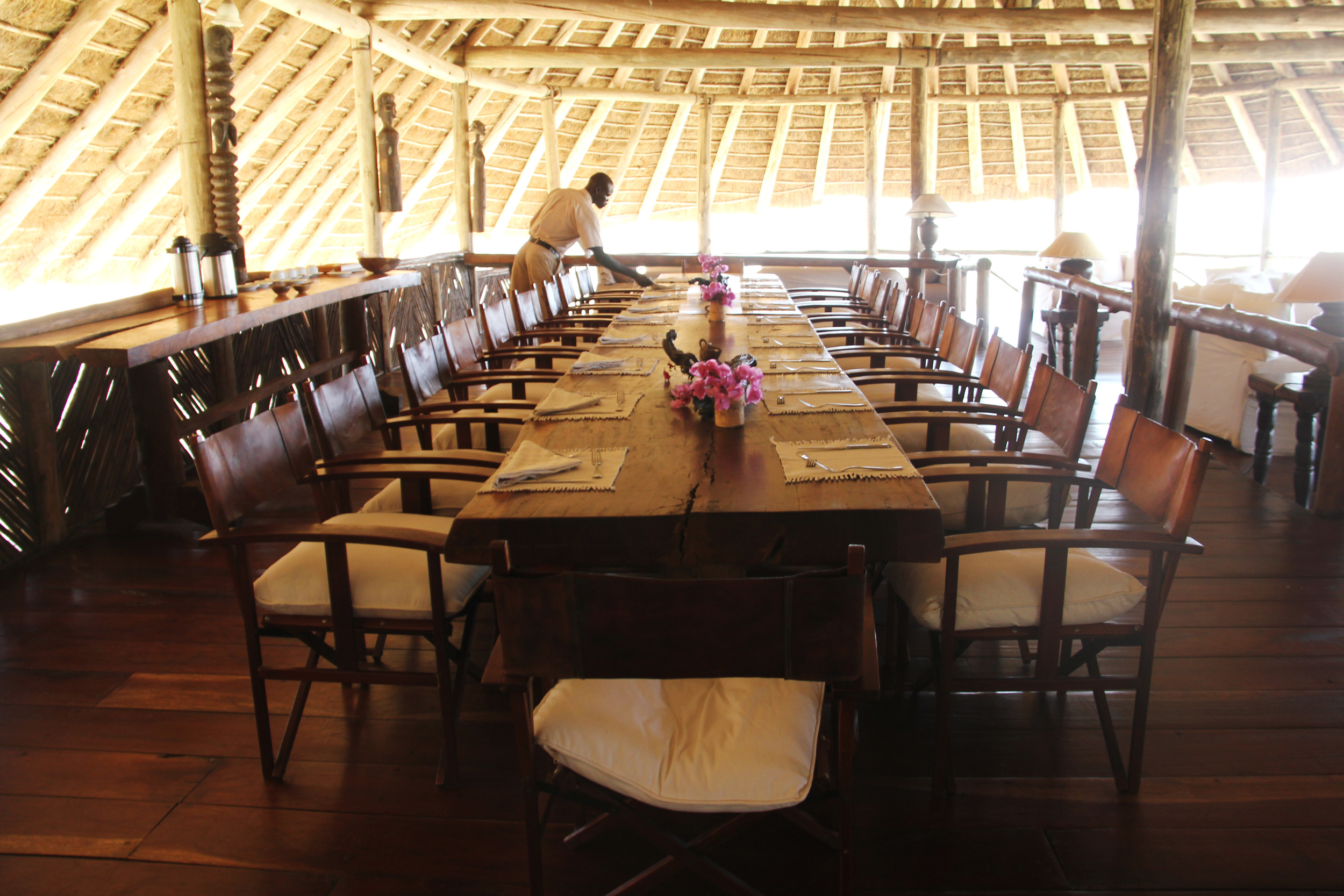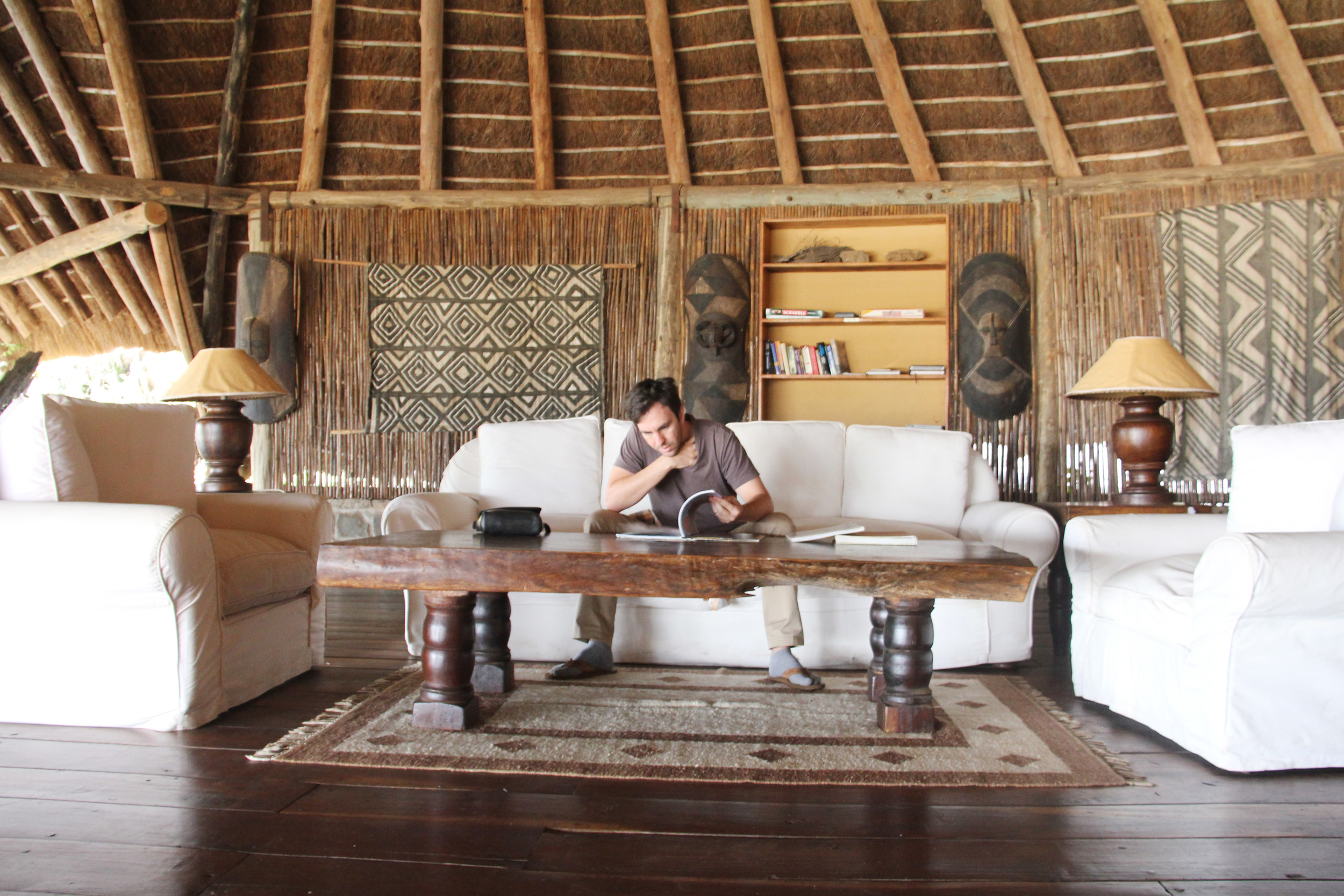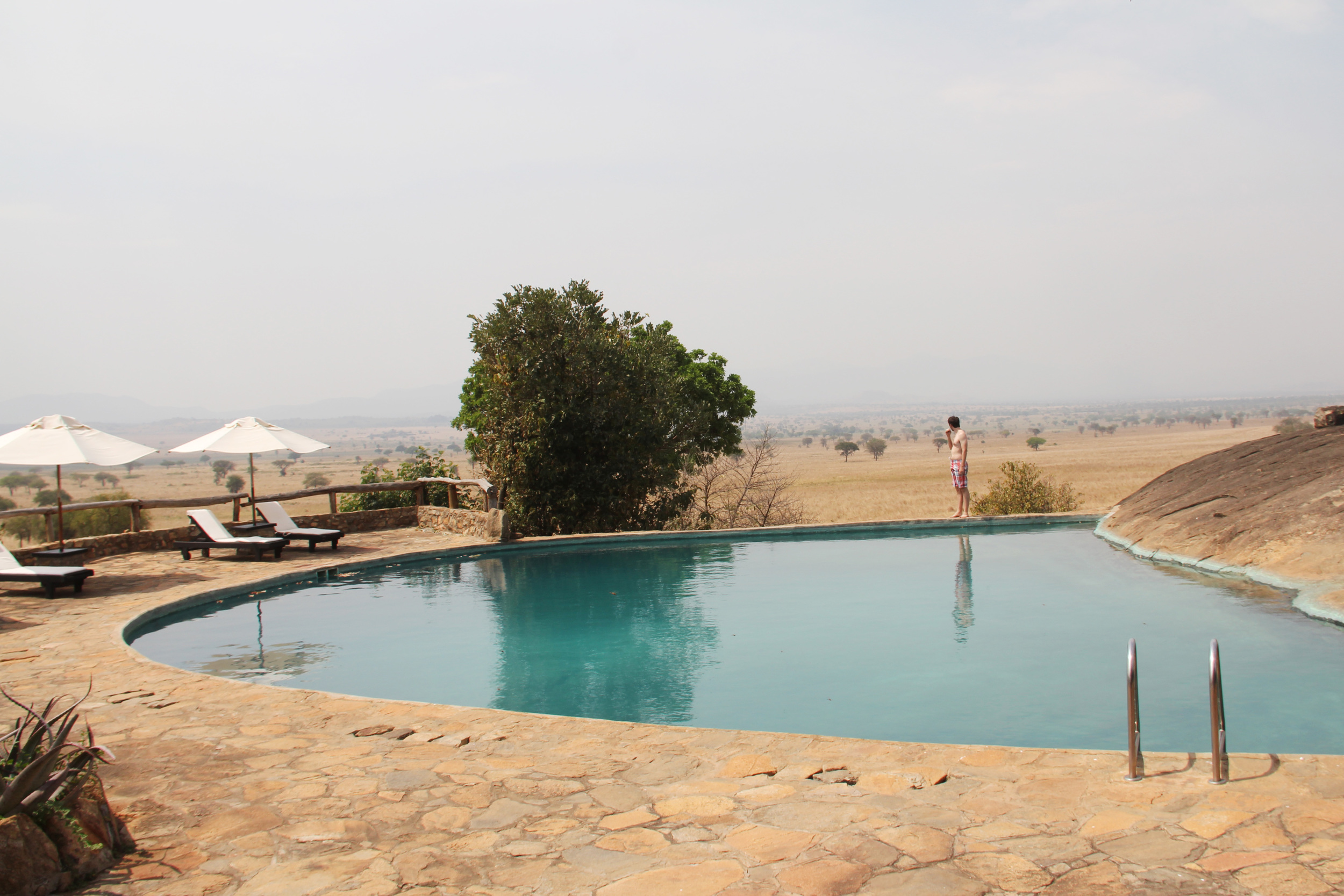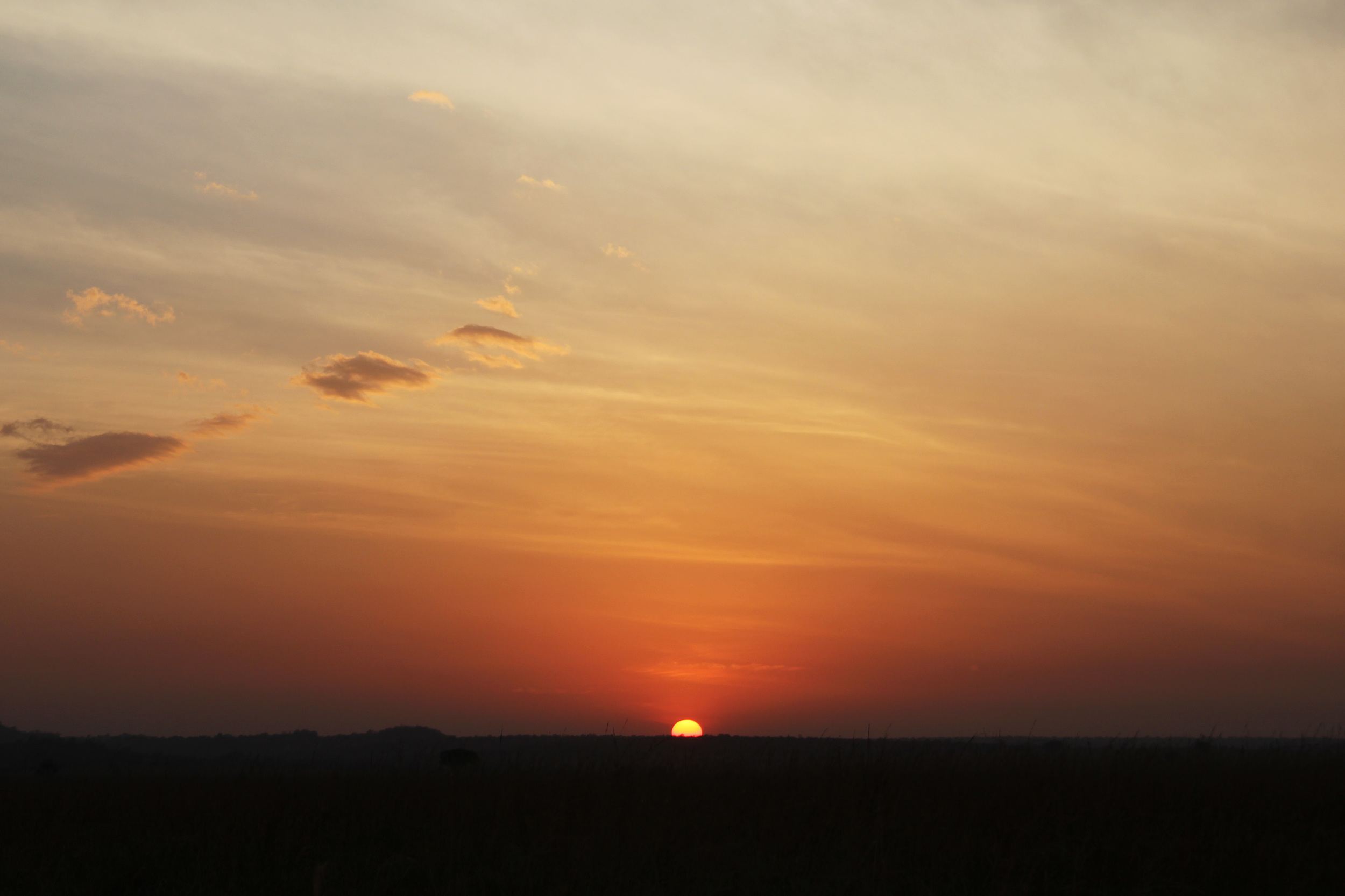Driving into Kidepo National Park, is a treat unto itself. Long before the park entrance, coming in from Kitgum, you feel yourself more silent and reverent at the beauty of the plains and mountains. The landscape of Kidepo (Uganda’s most remote park) is a stunner, and visitors are often rewarded for their long trip to the northeastern corner of Uganda with wonderful wildlife sightings. The last time I was in Kidepo, we saw lions tearing away at a buffalo carcass and I saw more new birds than I could keep track of. It was also a childless trip, with a stay at the park’s fanciest lodge, so clearly this was going to be a different experience.
We pulled into the Uganda Wildlife Authority’s main campsite, thinking we would stay somewhere close to a food source, but the only place to camp was directly by the entrance with neither a view nor privacy. After lunch, a rest, a wee, and making payment, we drove off to compare the more remote campsites and landed on the one said to be frequented by lions, and we settled in, occasionally standing on the large rock that provided a wonderful look-out and gave the boys an exciting place to play with their monster trucks.
We stayed at this campsite for three nights, with the company of some rangers when darkness came and with some friends joining us on our second day. We heard lions roaring from a distance each night and each day we hired a ranger to help us look for them, but we had no luck. We had to make due with stories about lions, told to us by the rangers, who said the lions were occasionally found sleeping in the shade huts set up on the campsite.
When out here in the wilderness with kids, I admit to a constant, background state of anxiety. Many would think it would have something to do with Africa’s top predator potentially looming about, but I trust the guidance from the rangers when it comes to the big game. Instead, I’m often alert to other potential sources of injury - ants nests, thorns, cliffs, lightening storms. At one point, Leo and I stood atop the lookout rock, talking to another visiting couple, when a swarm of bees quickly surrounded us. We ran down the rock and thankfully they didn’t follow us, but my mind started to work out scenarios and options if they had wanted to attack. The most pressing health and safety issue may have been the sun, which shone relentlessly. We enjoyed the crisp evenings when the sun went down and treated ourselves to some marshmallows.
The game sighting were not spectacular this time around in Kidepo, but we left knowing this is part of the safari experience. Out here in the wilderness, nothing is guaranteed and your best option is to be grateful for the beauty that does present itself to you. We still saw elephants, jackals, giraffes, kudu, vultures pecking away at a buffalo carcass, and even a bat hanging in the campsite latrine. And the landscape, of course. That is no small thing.






